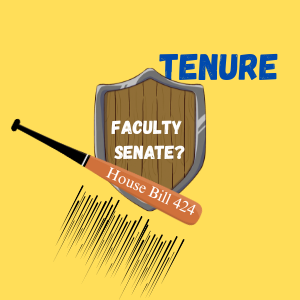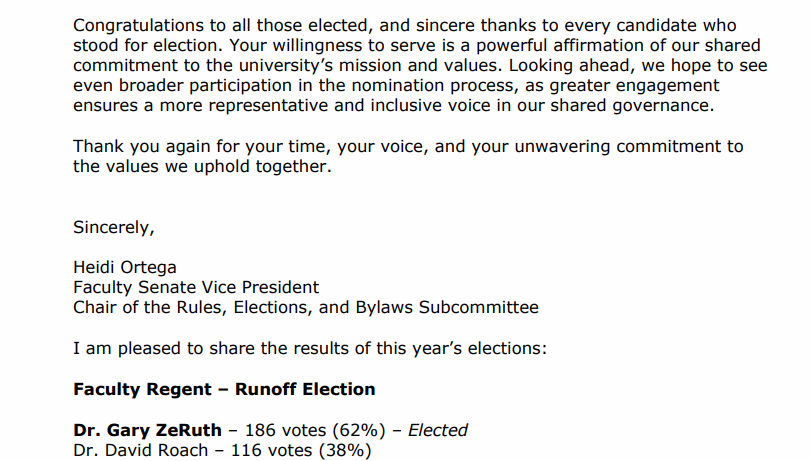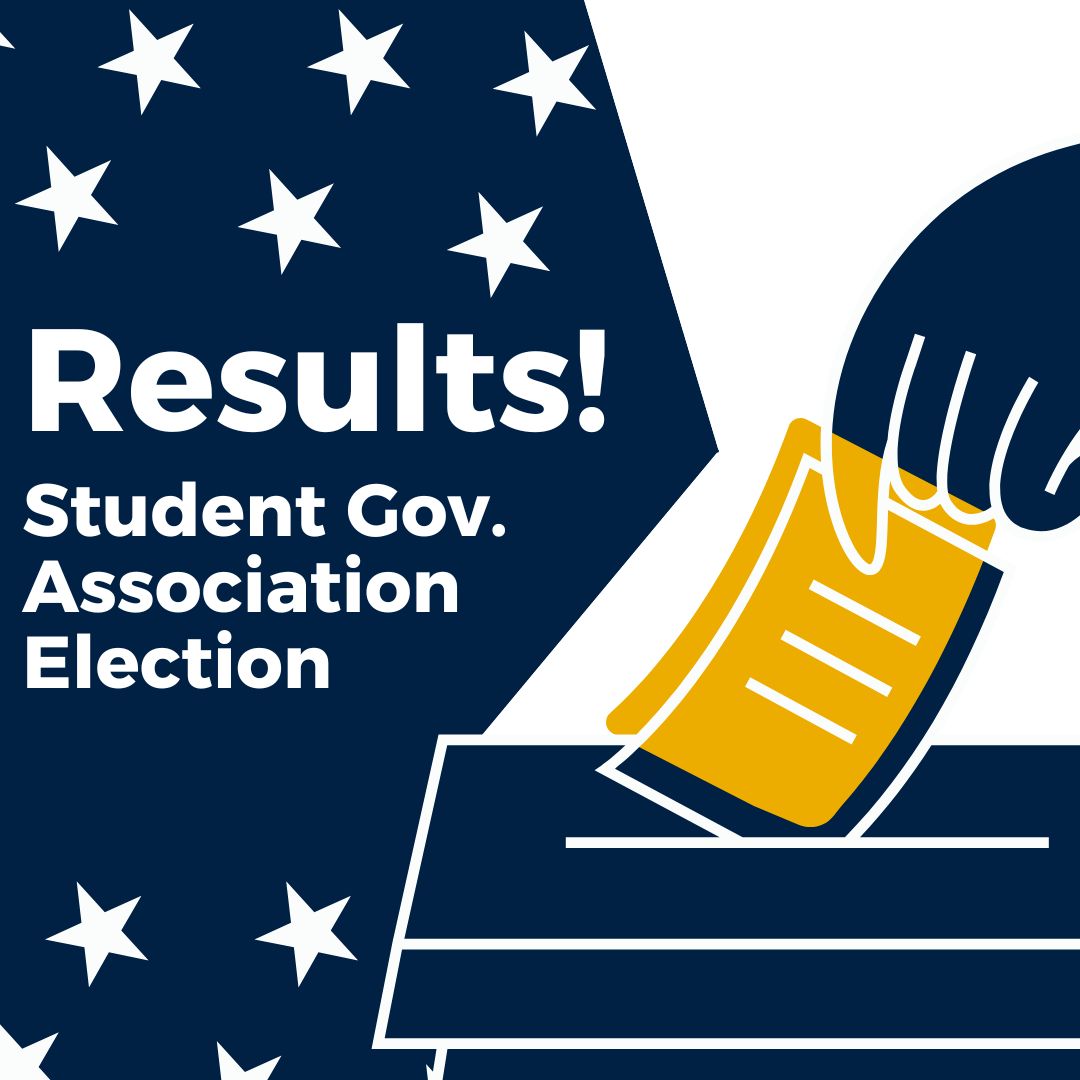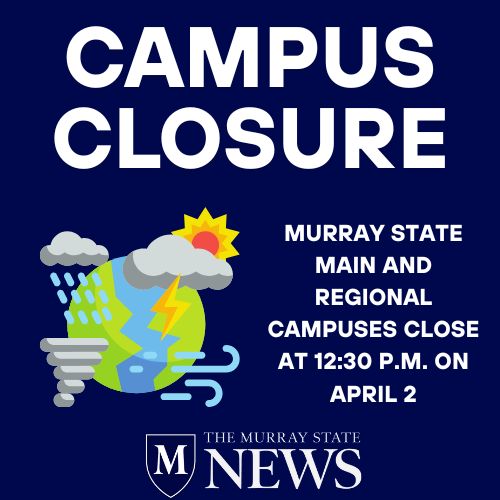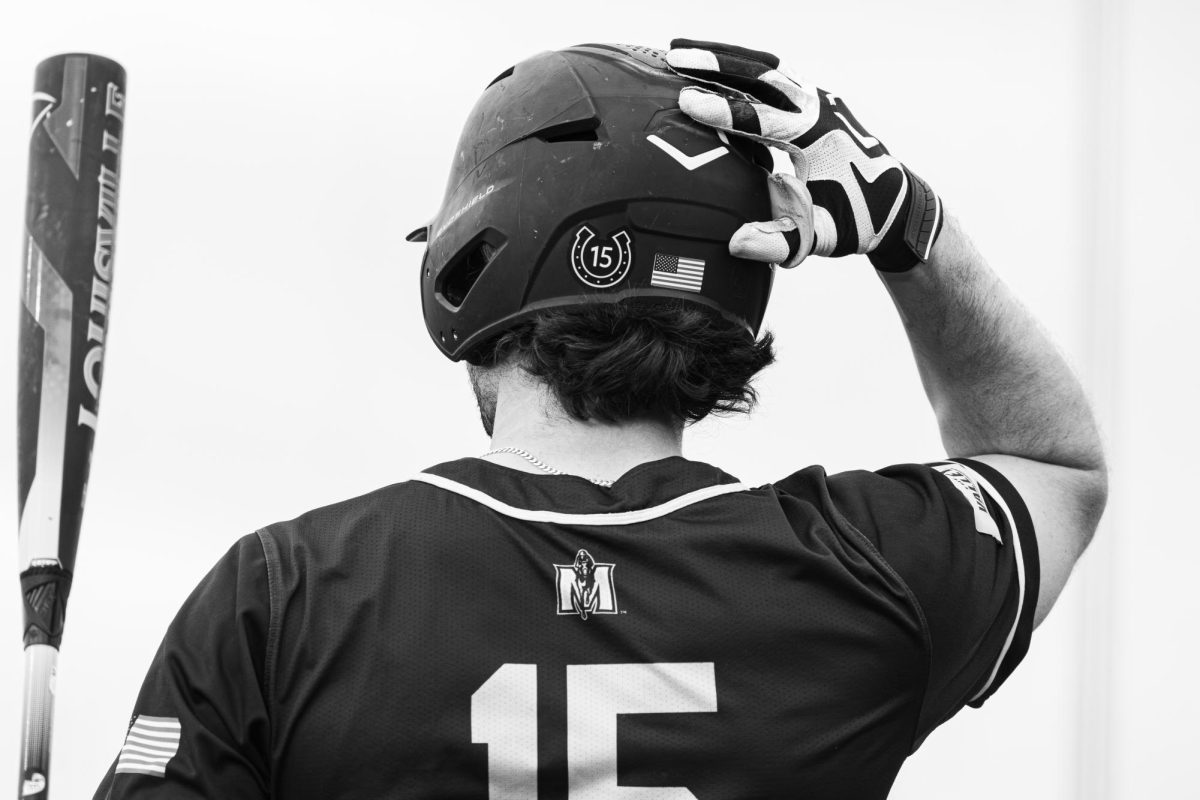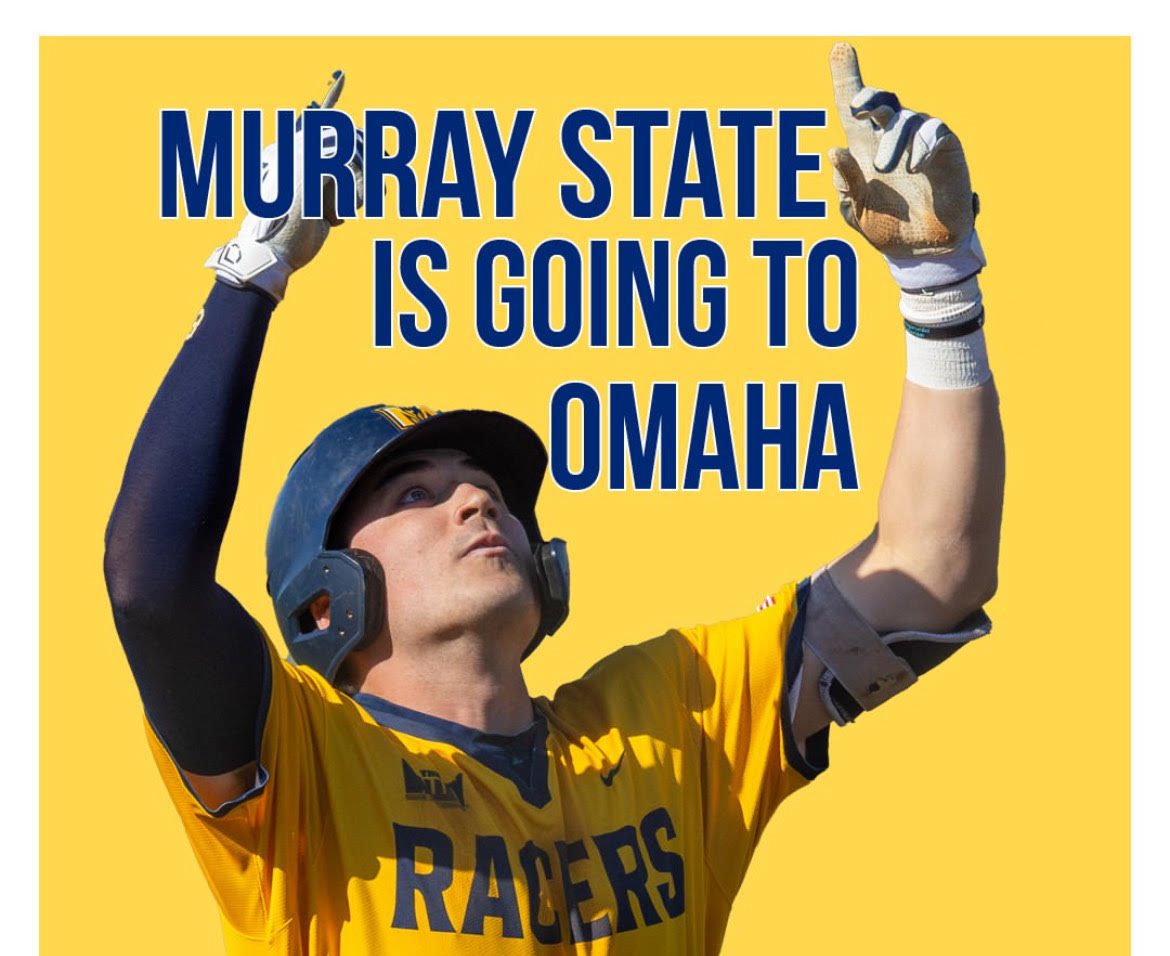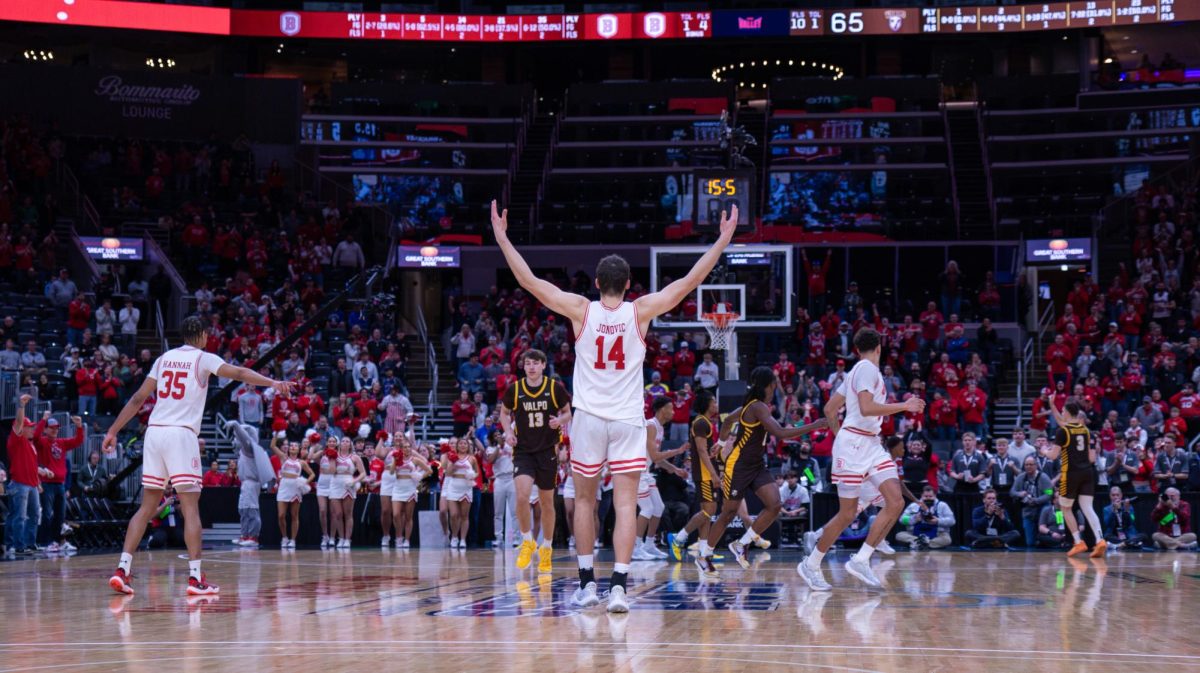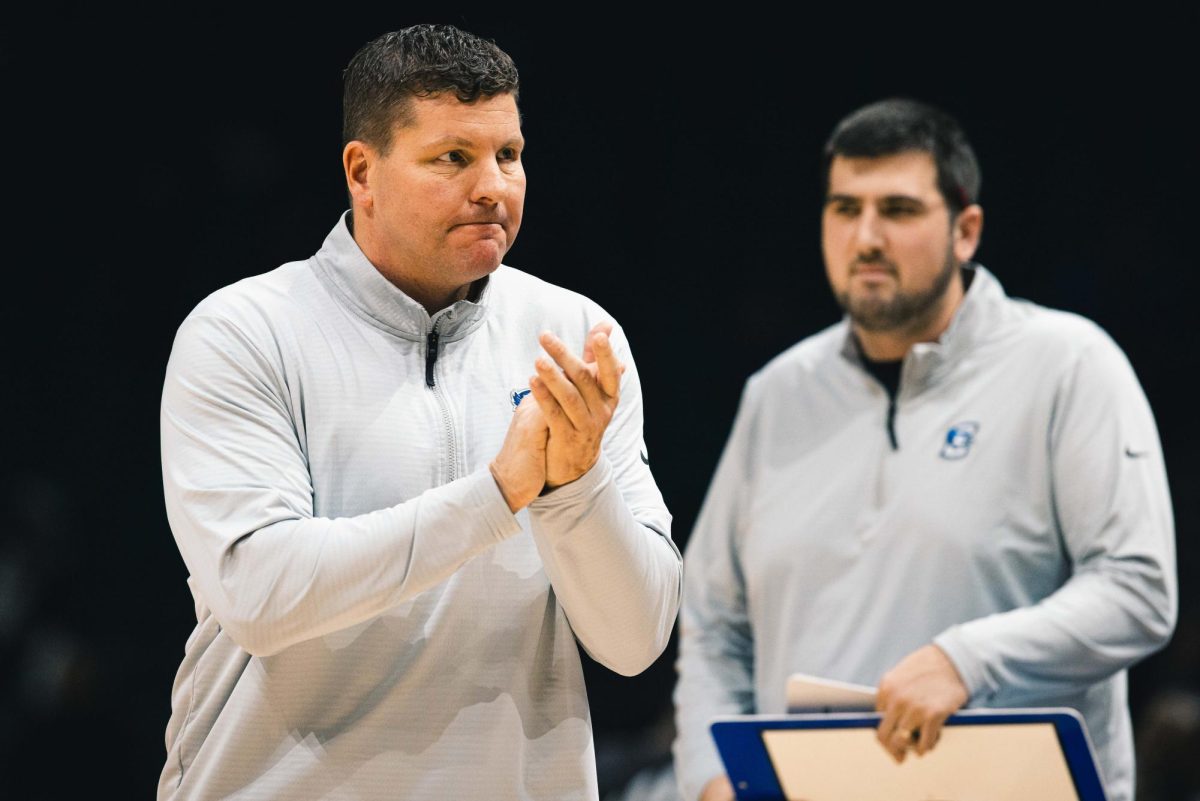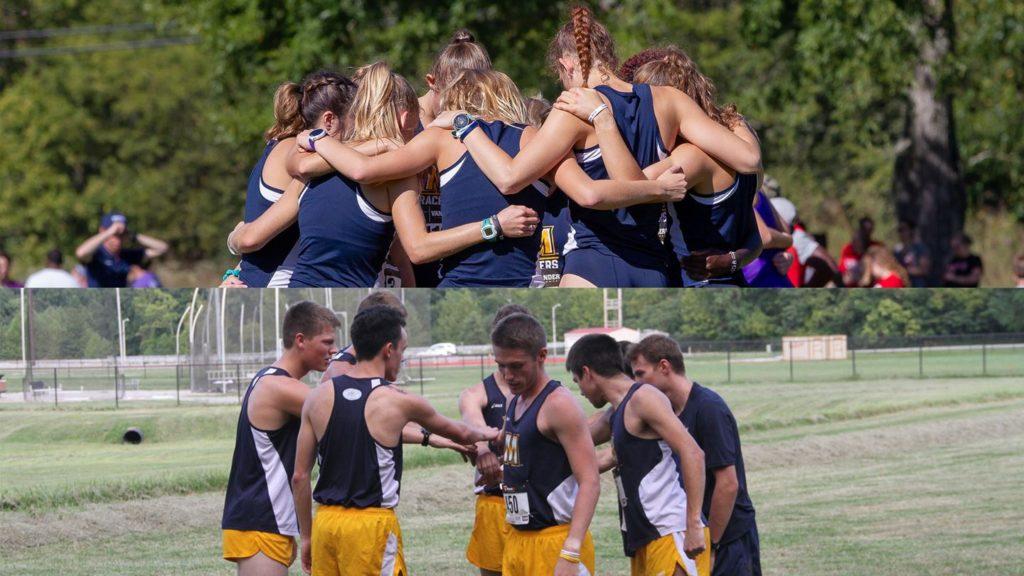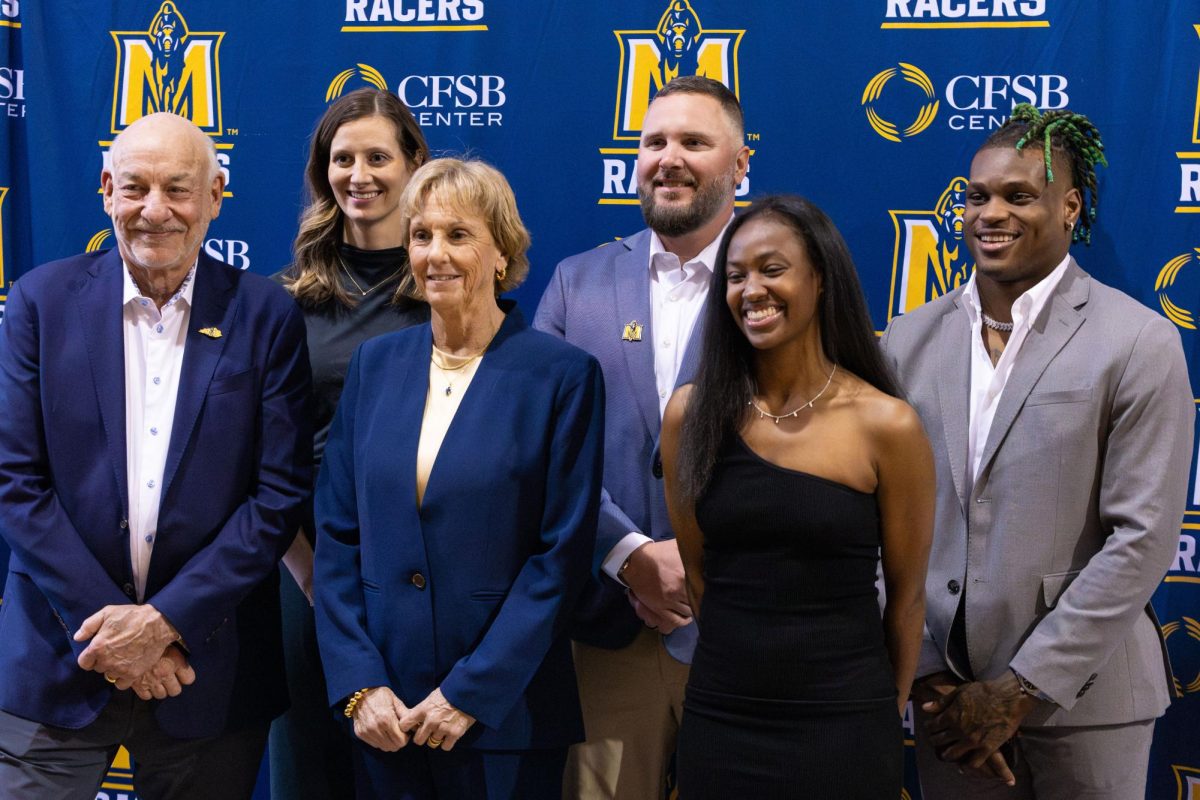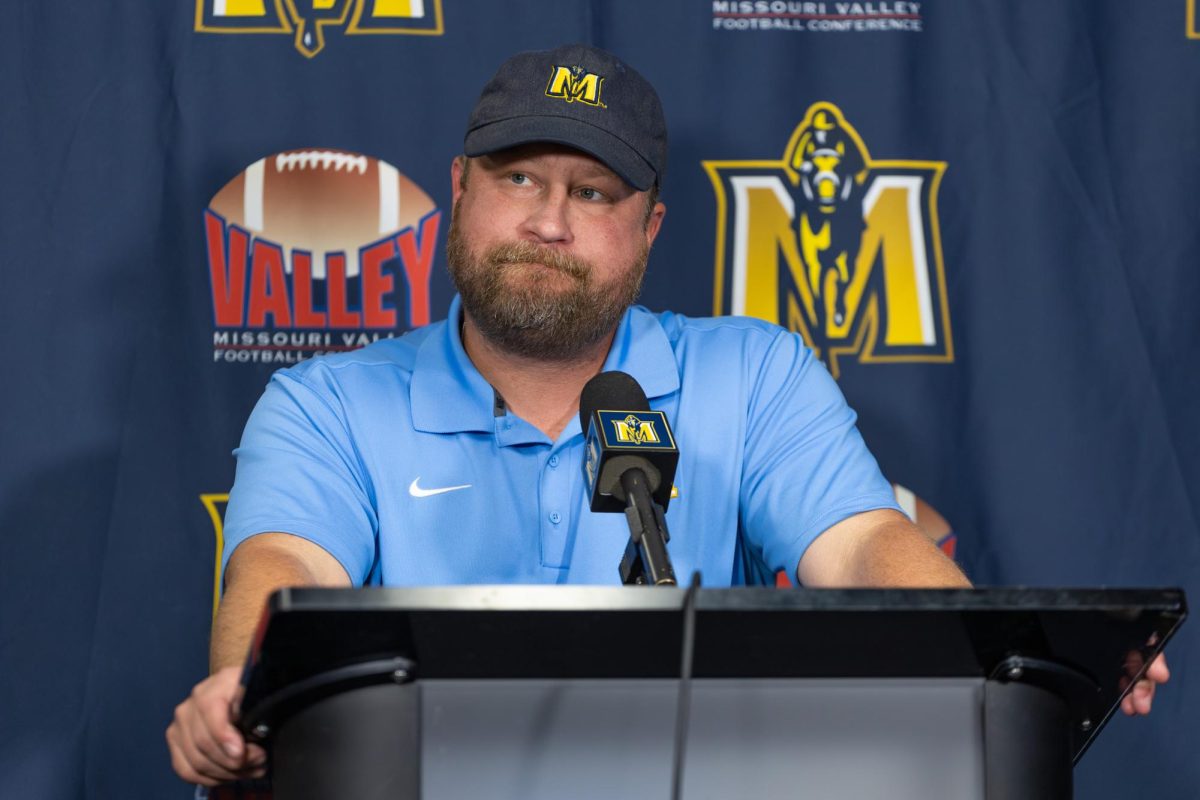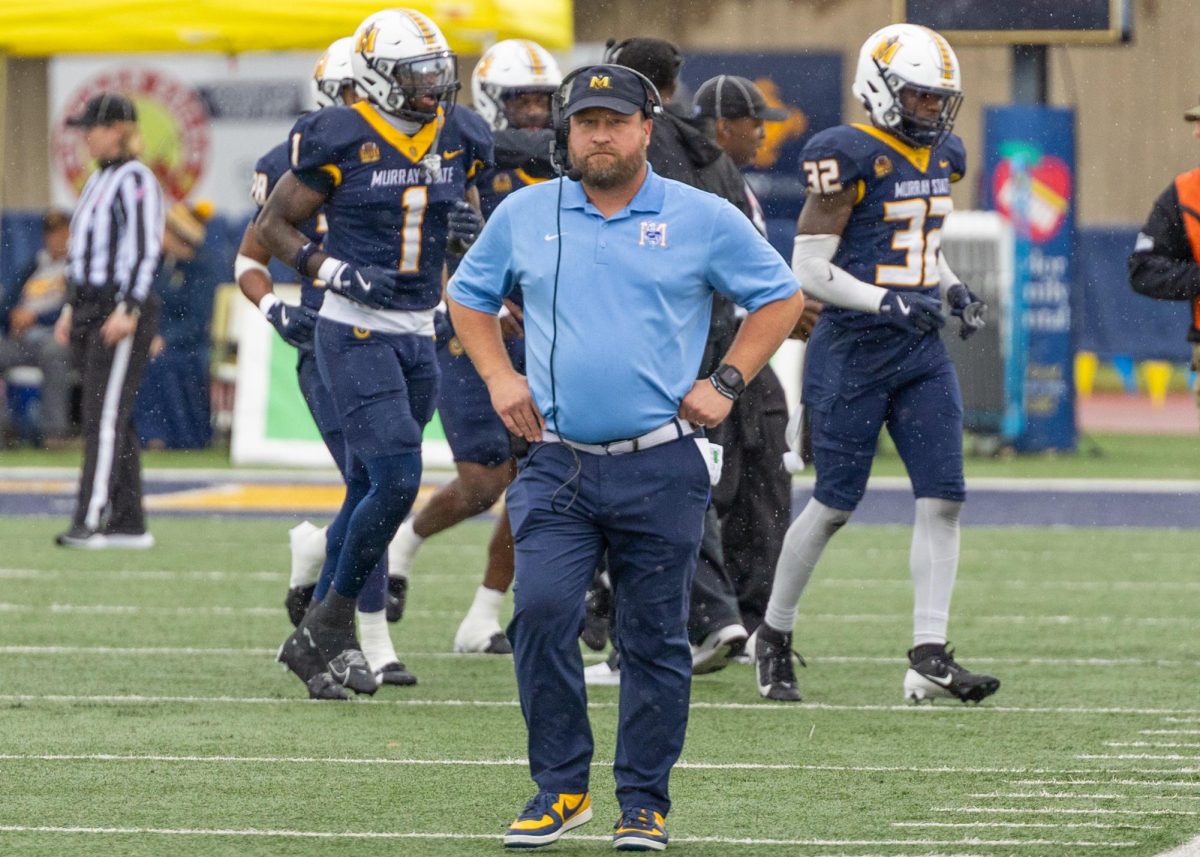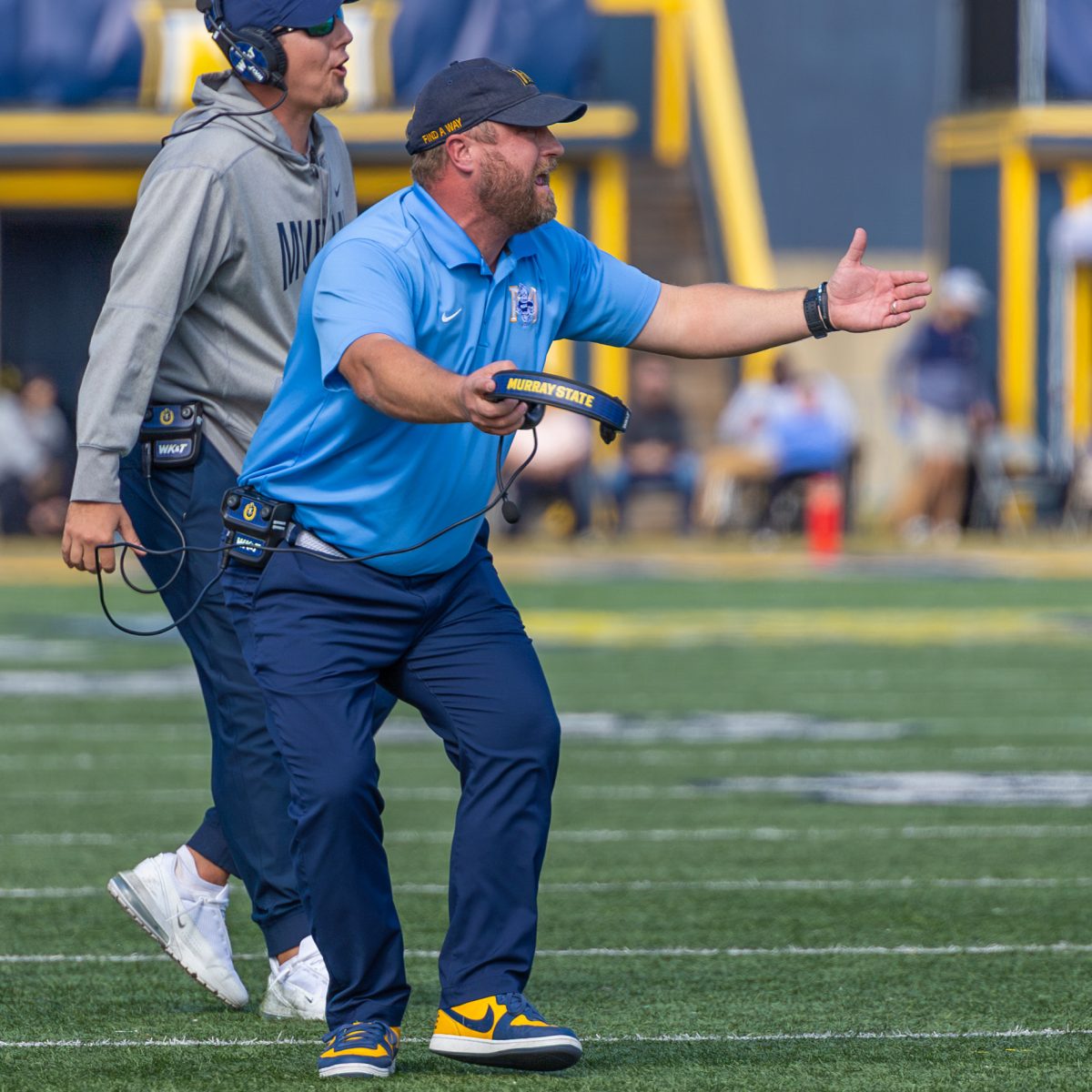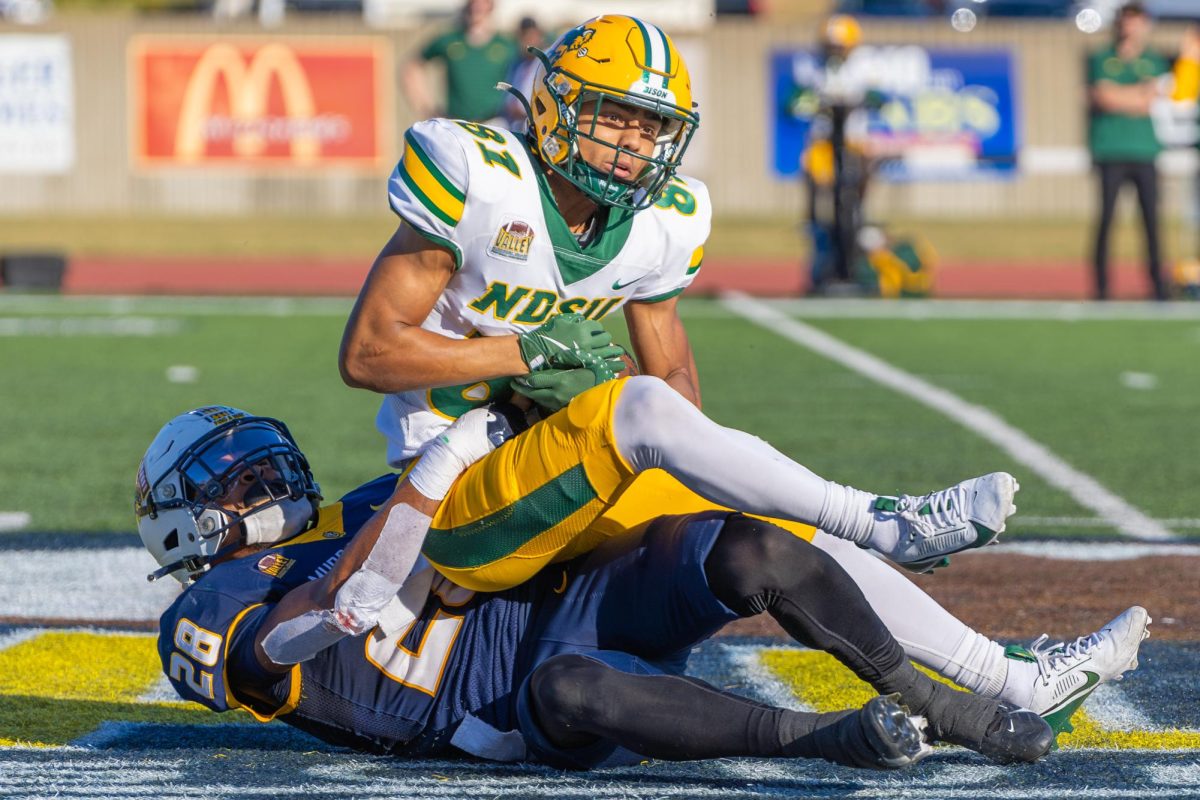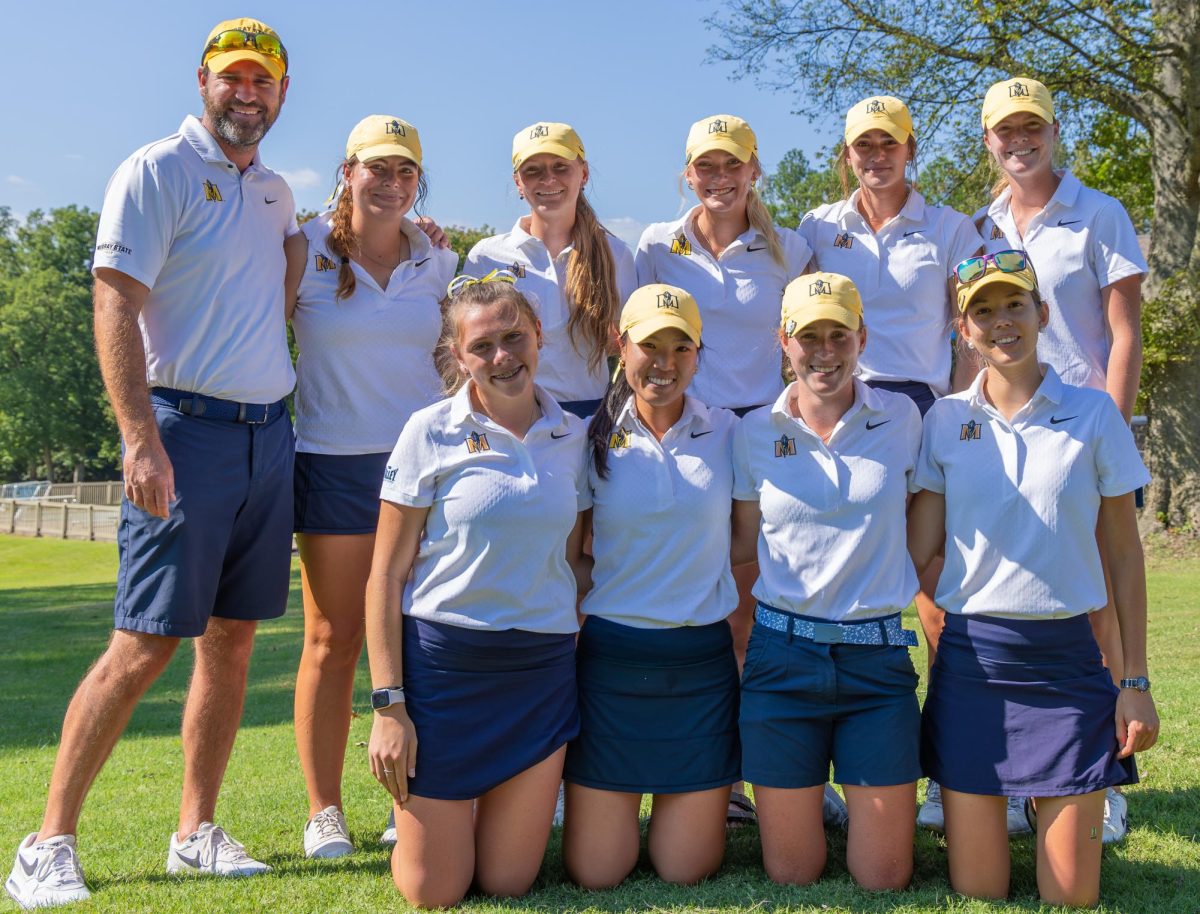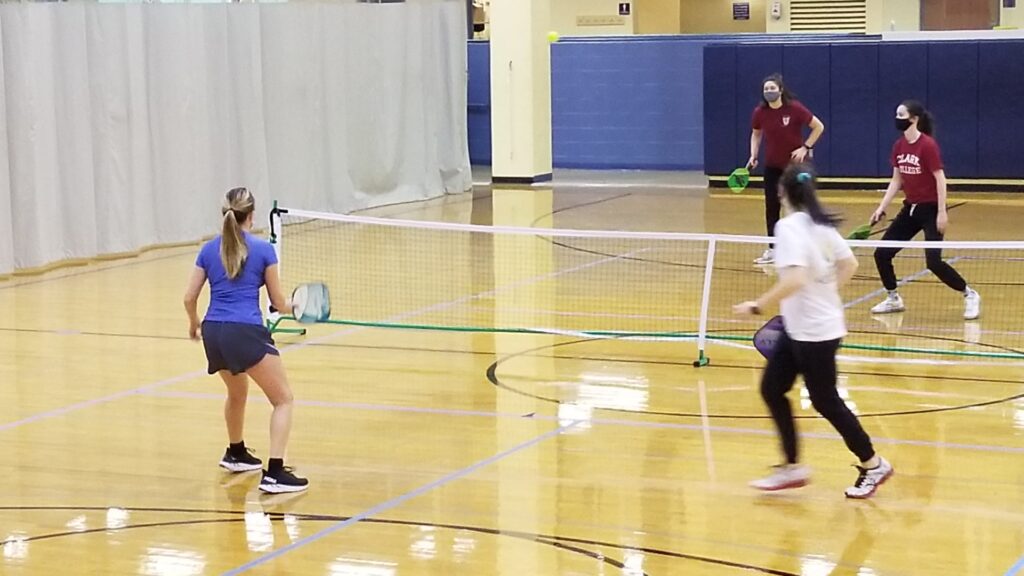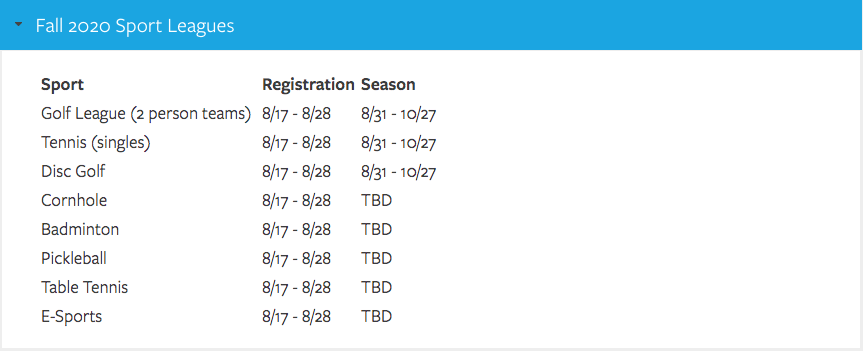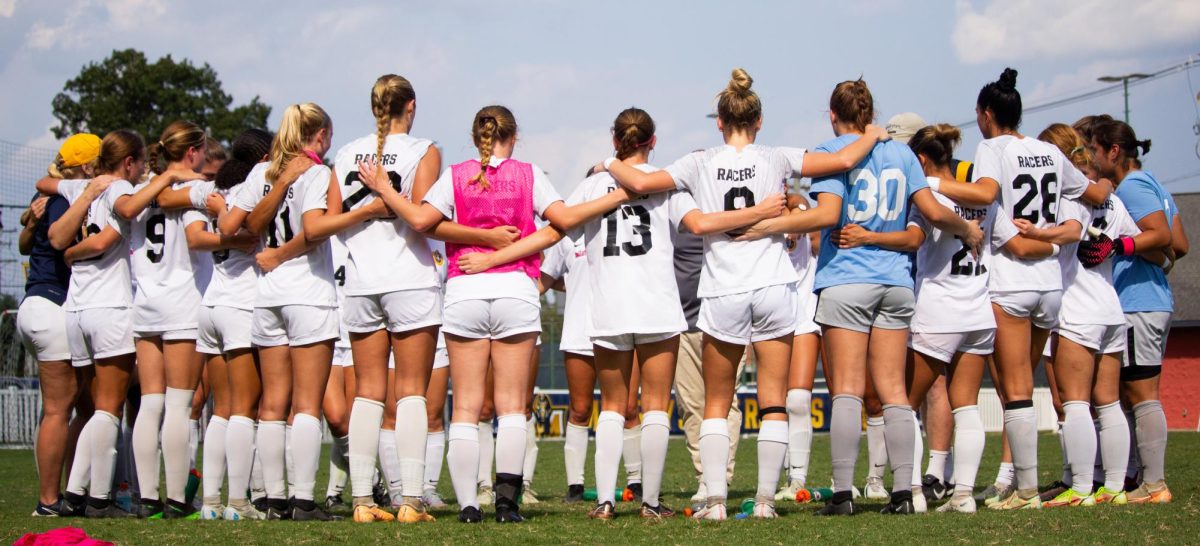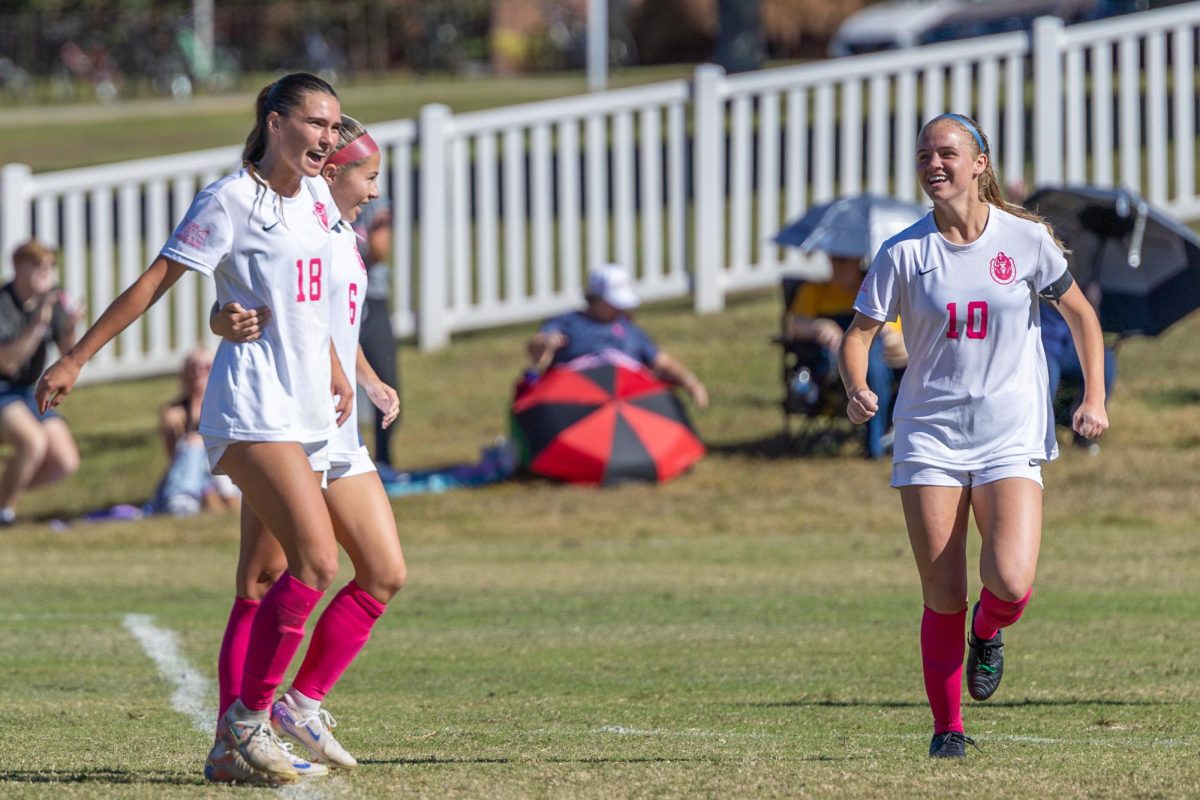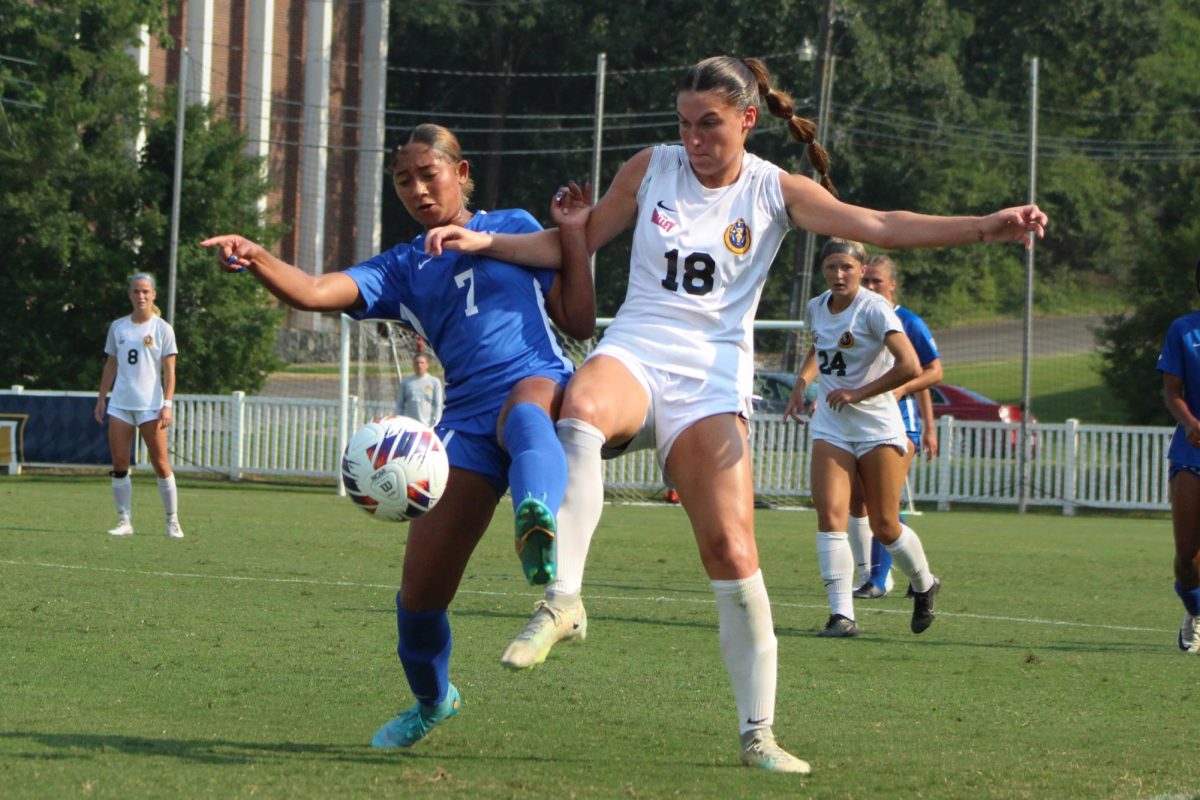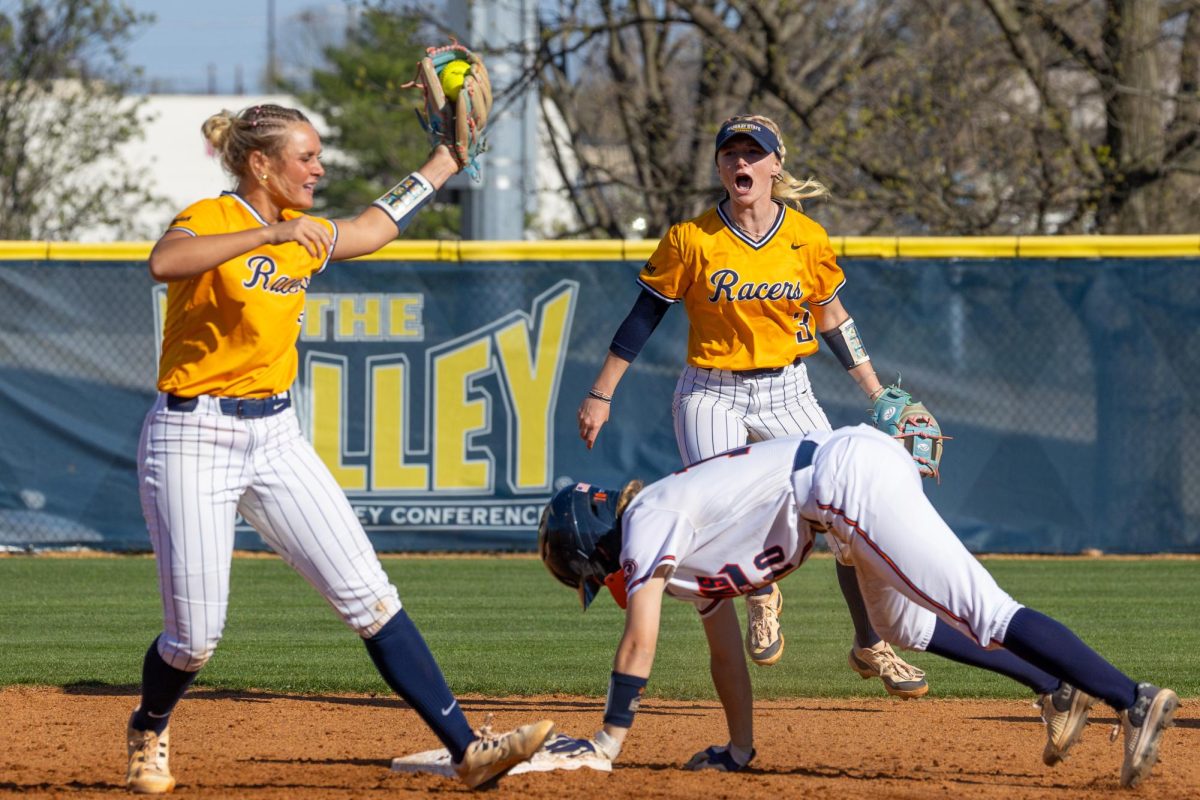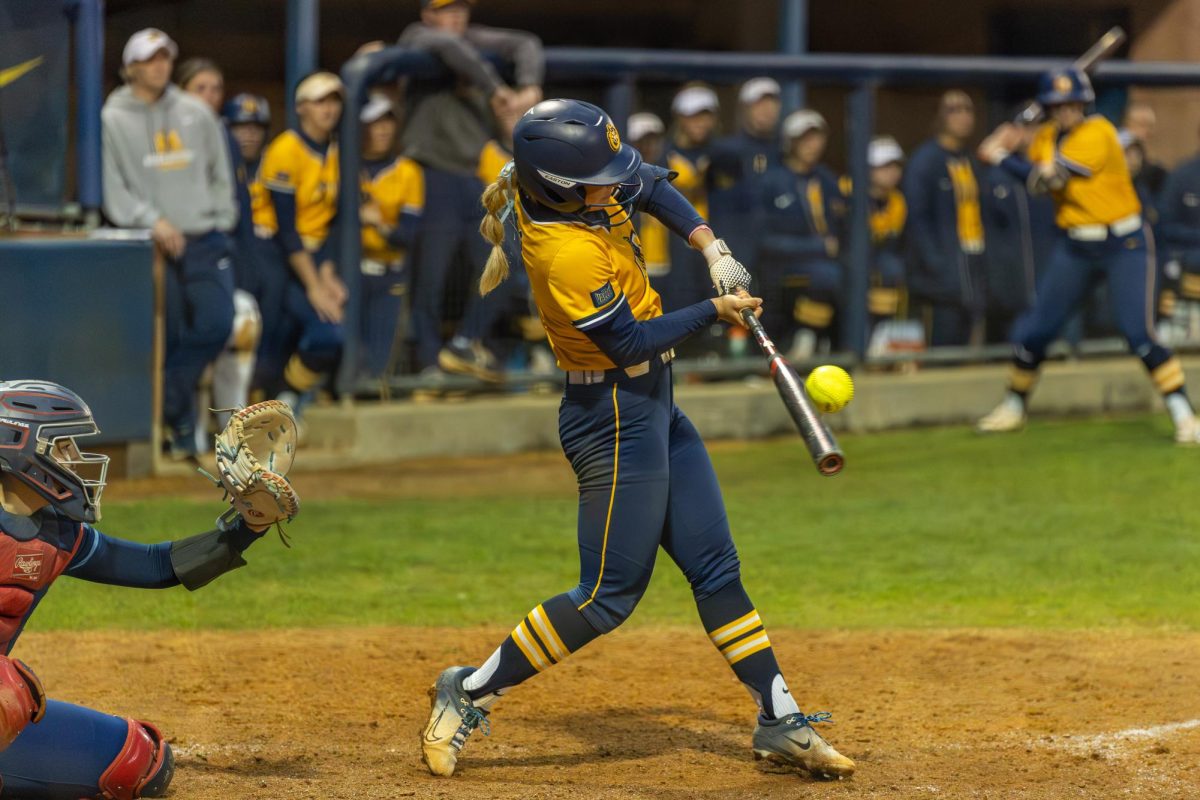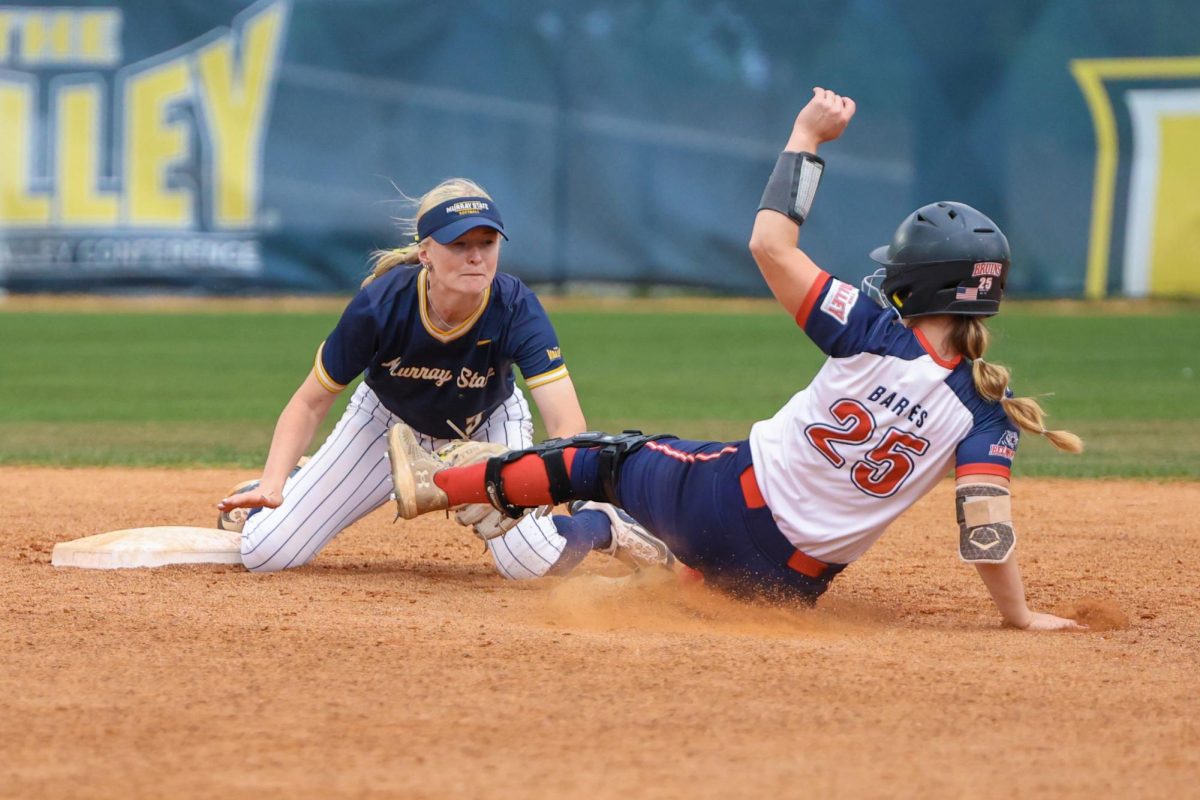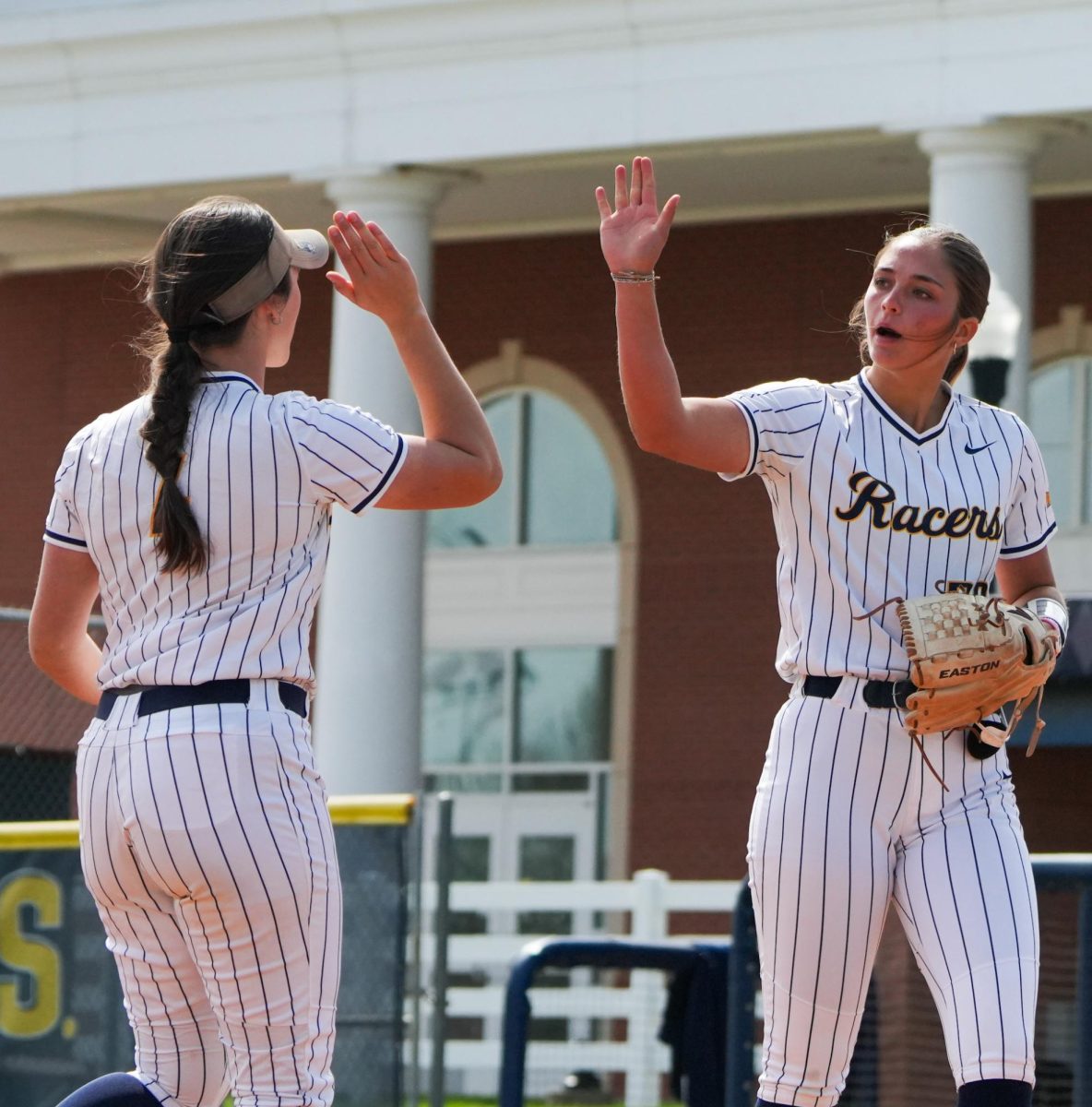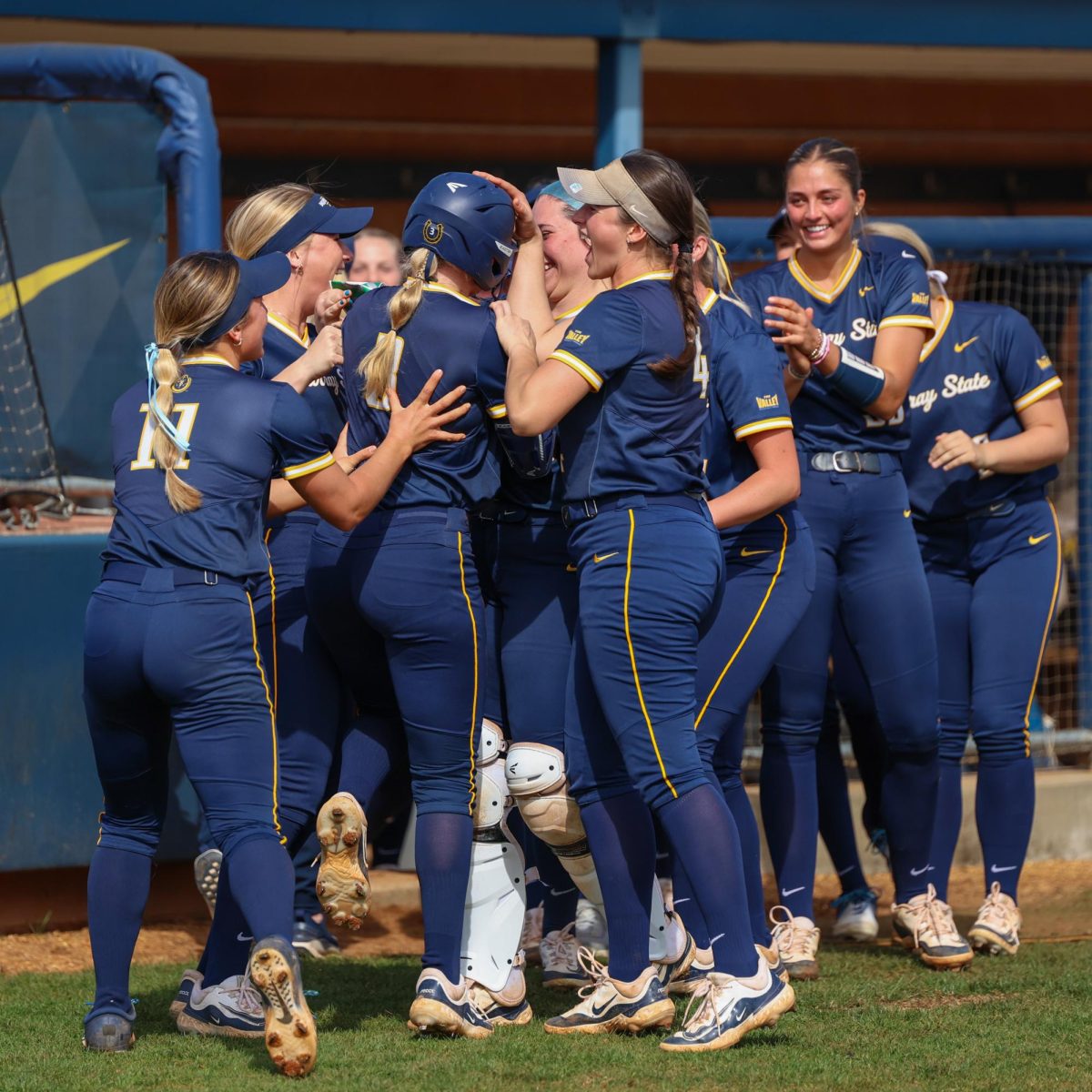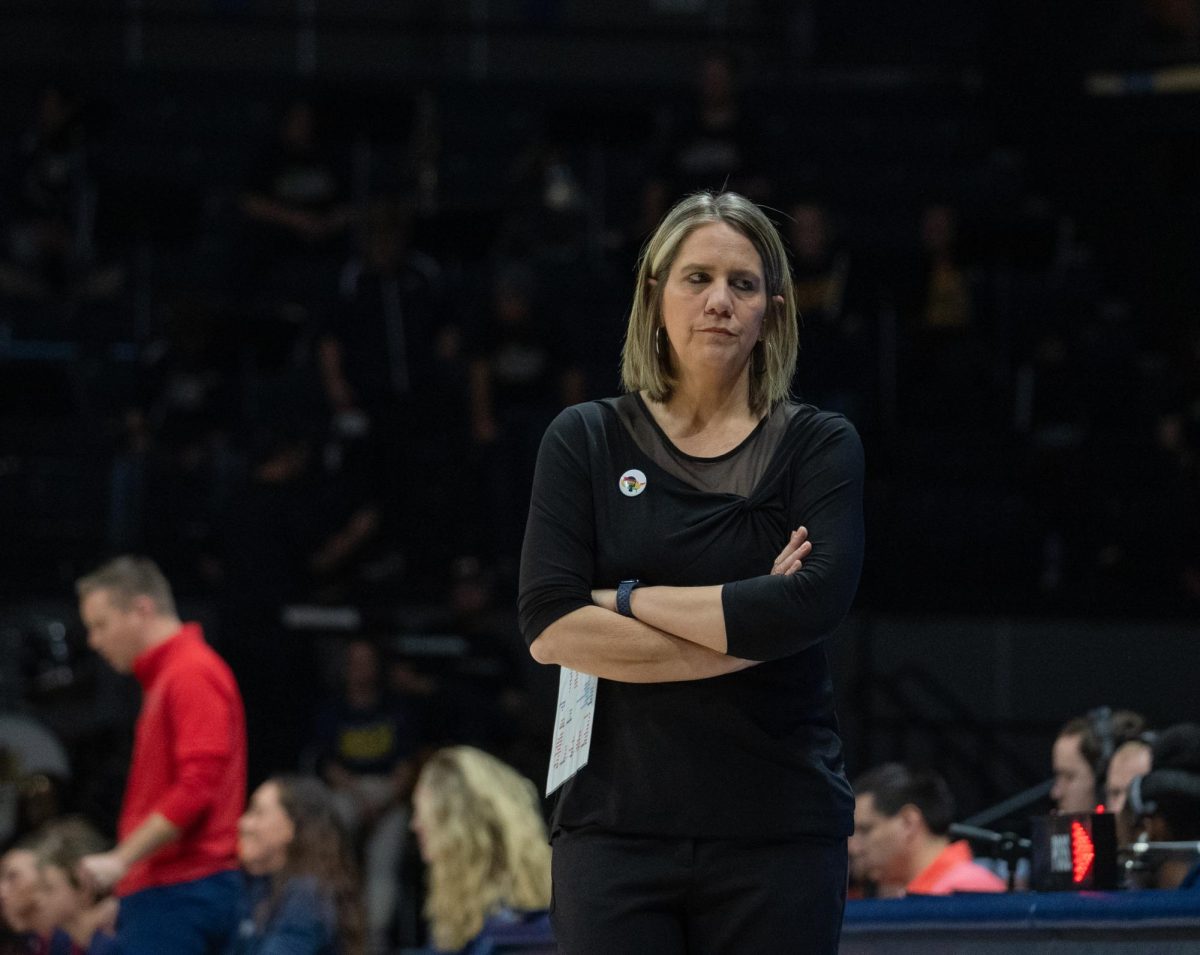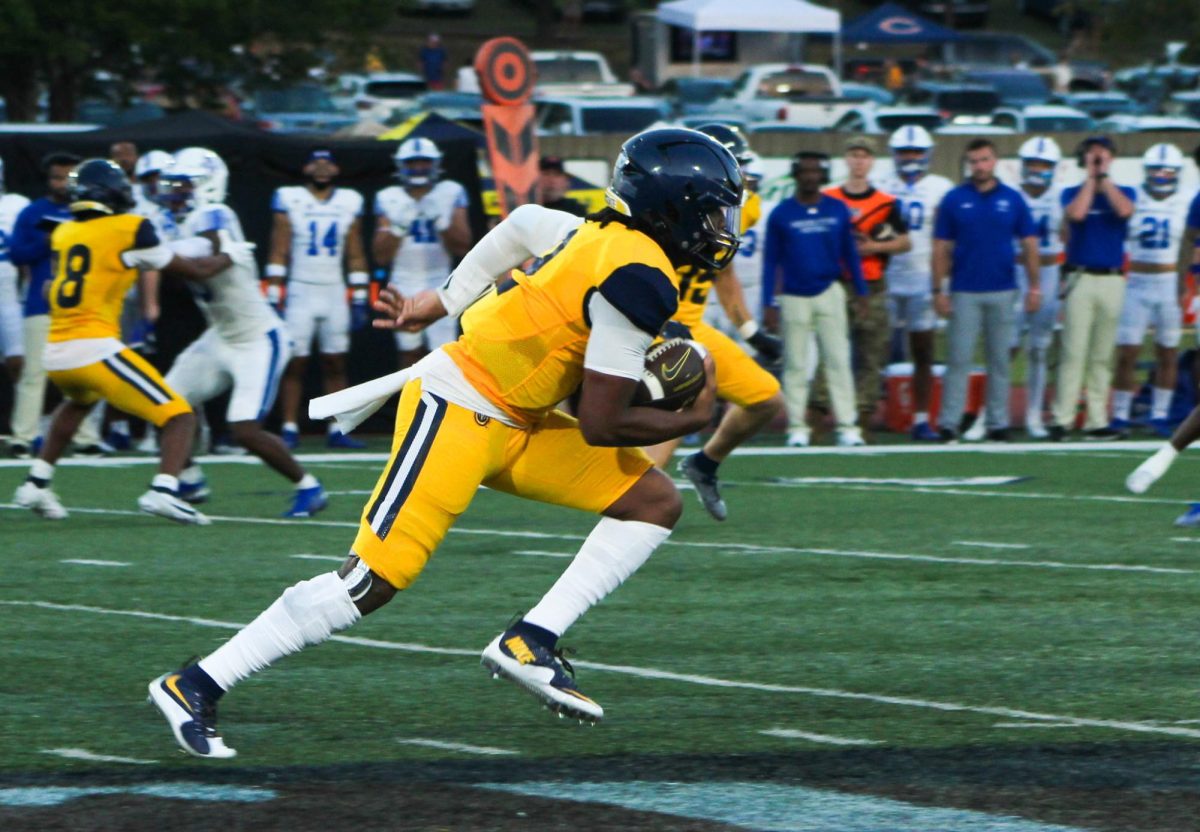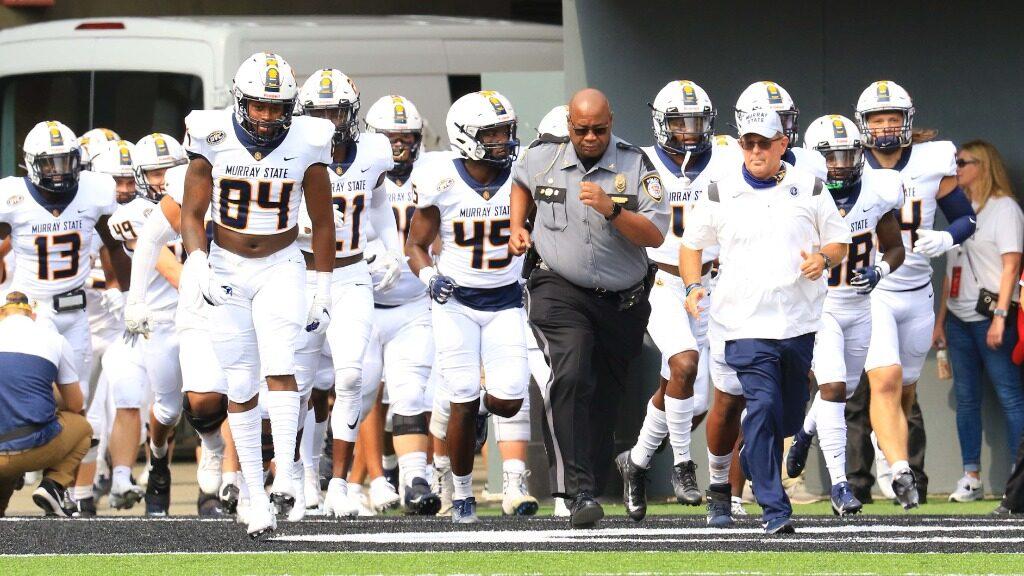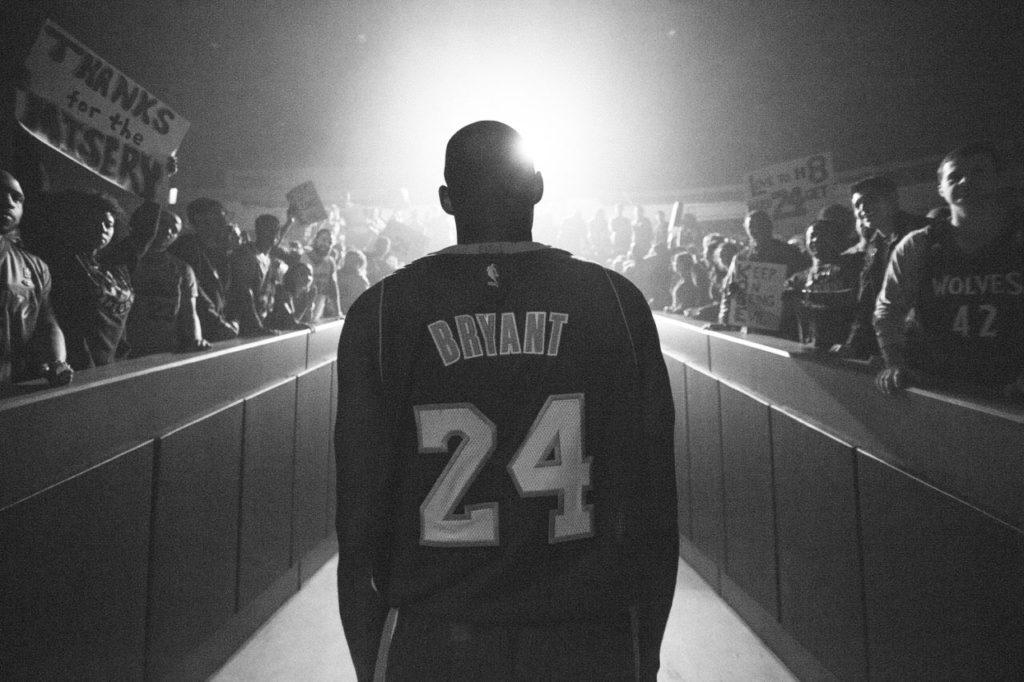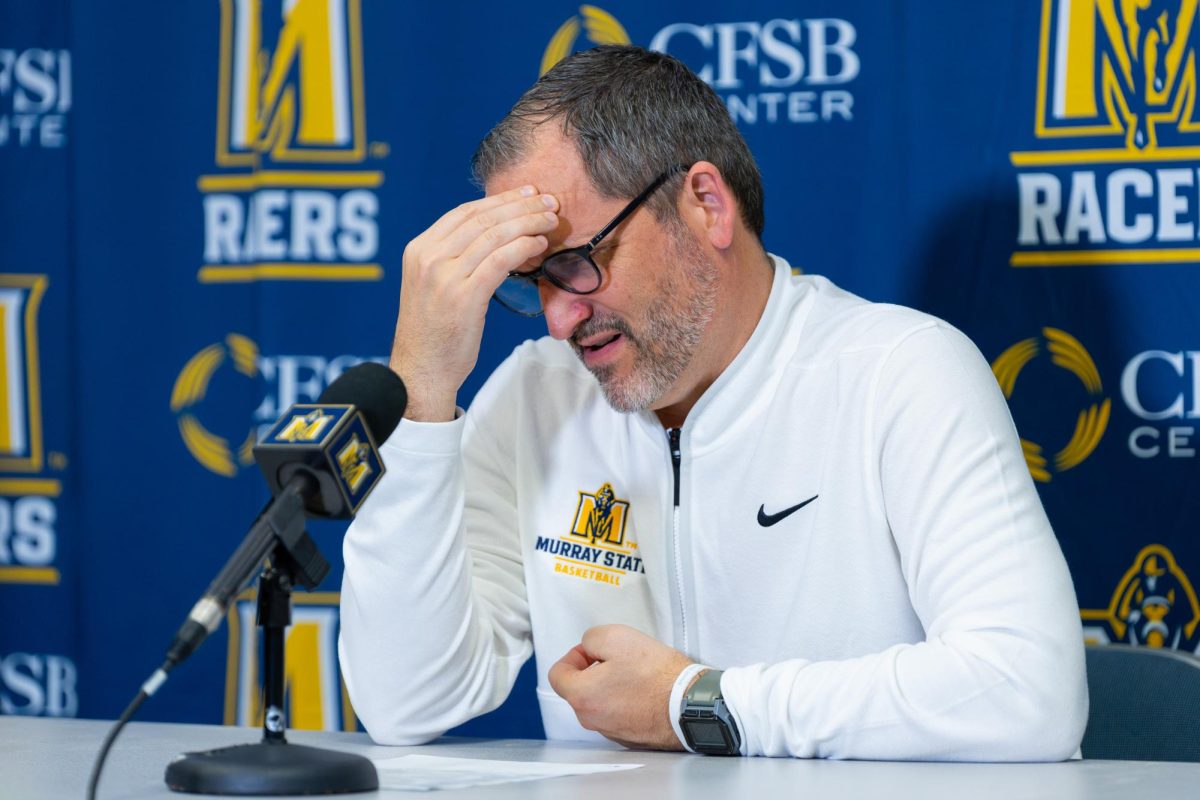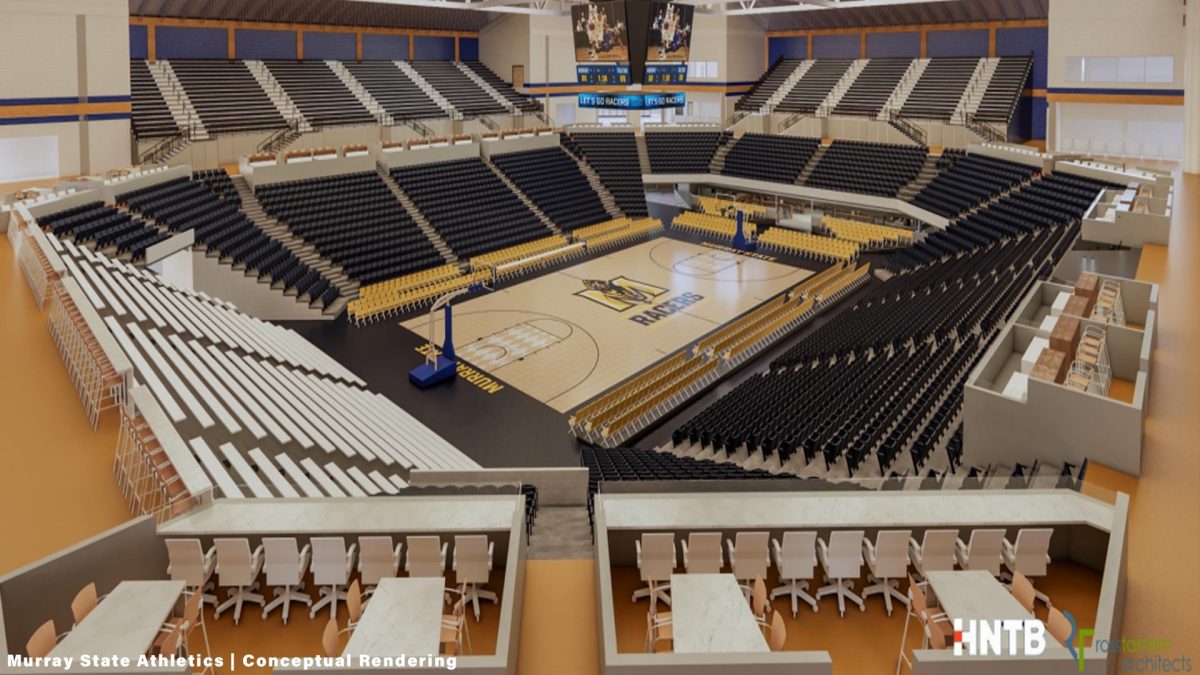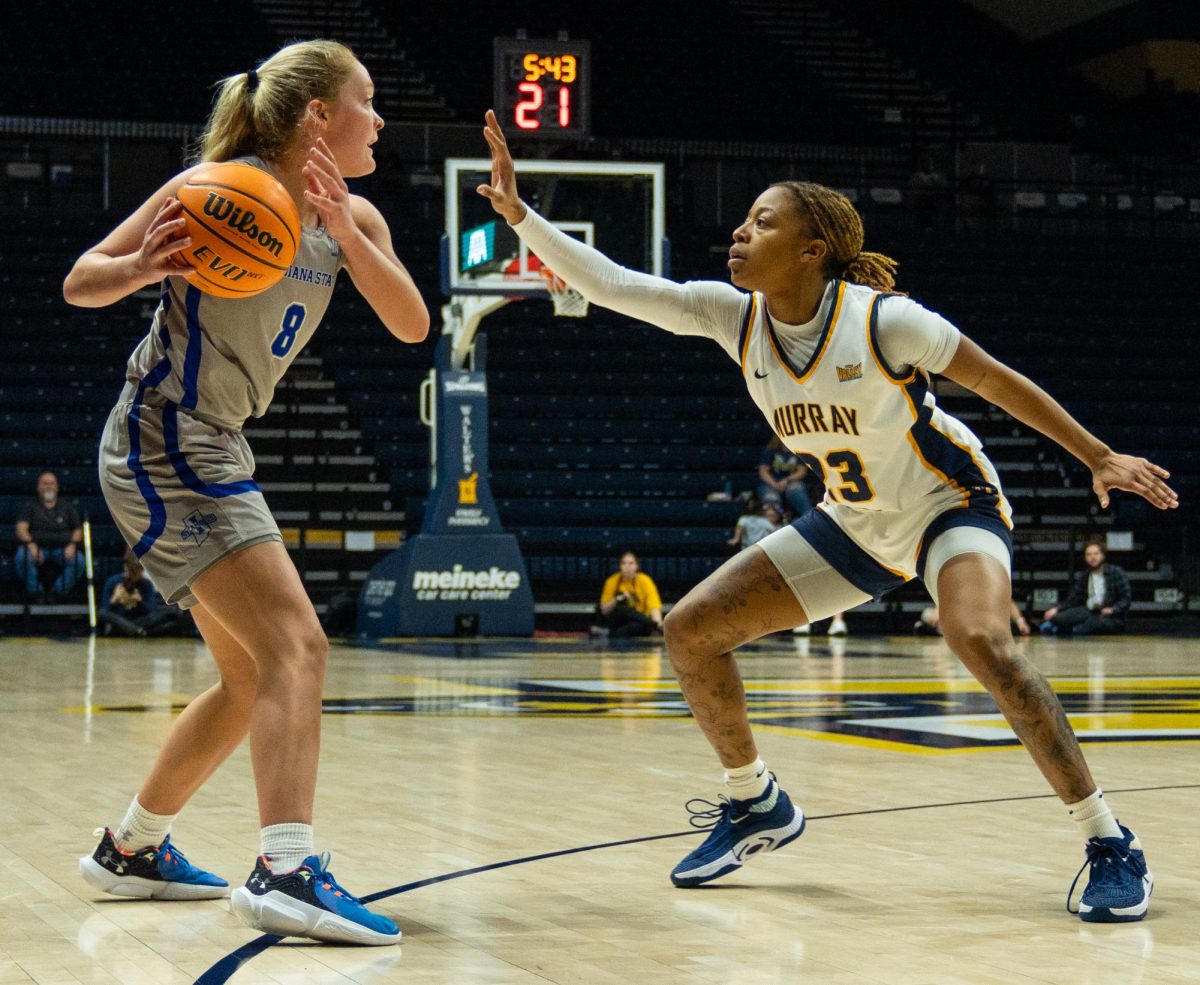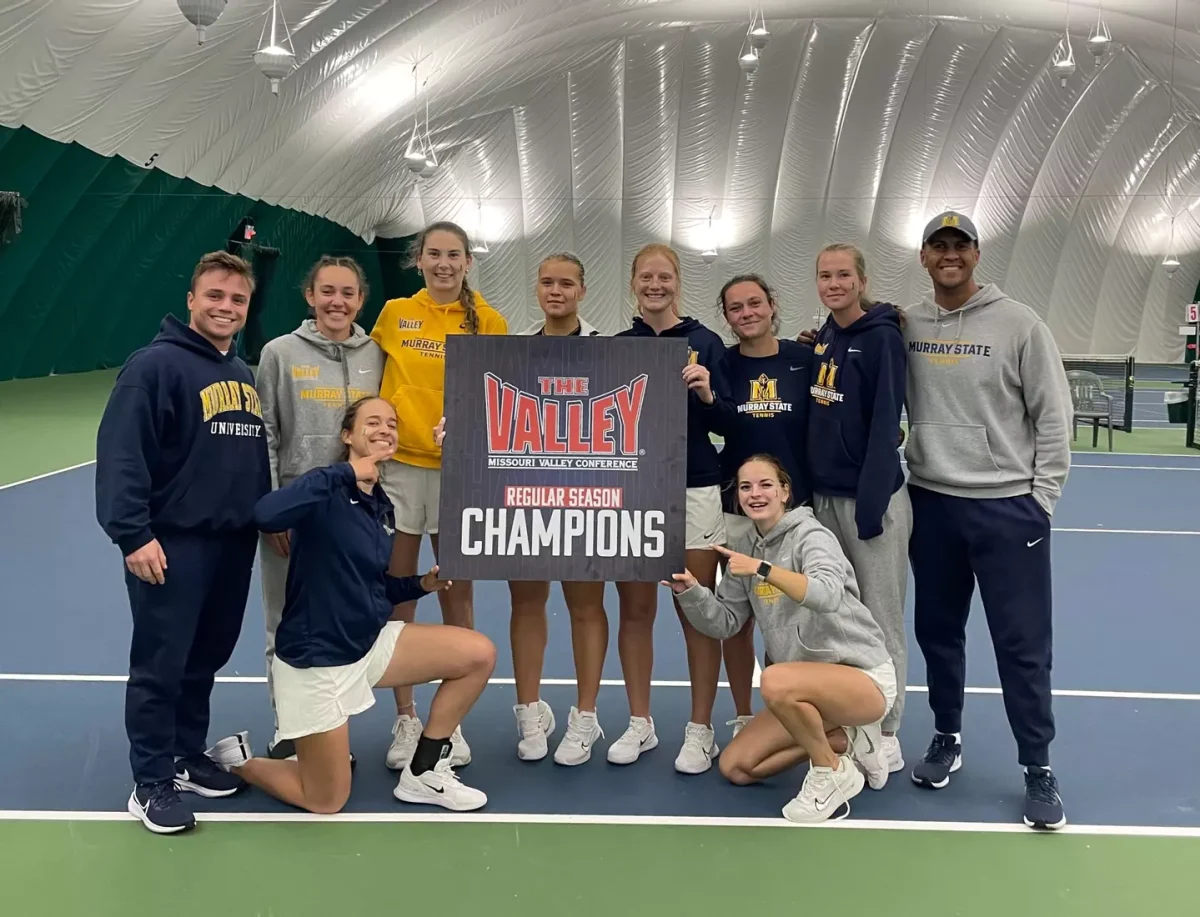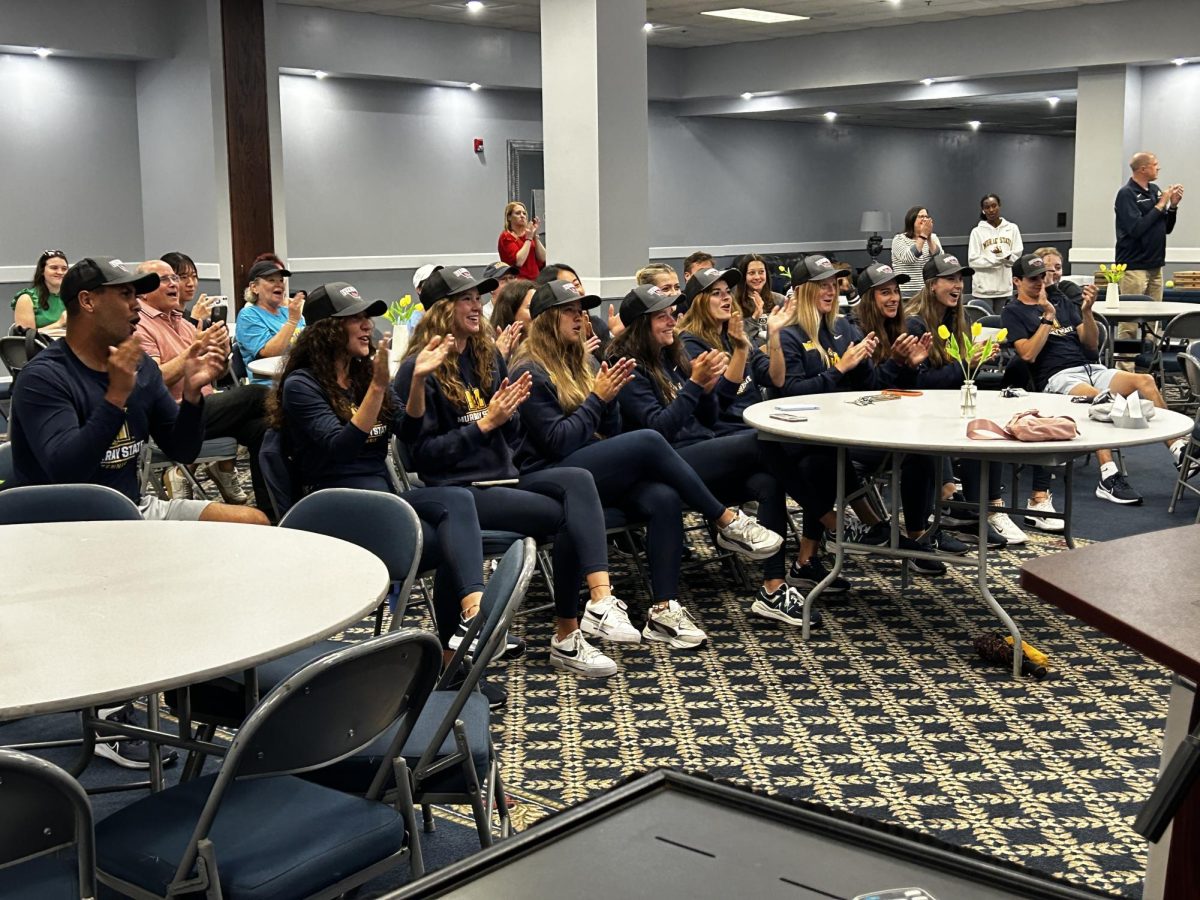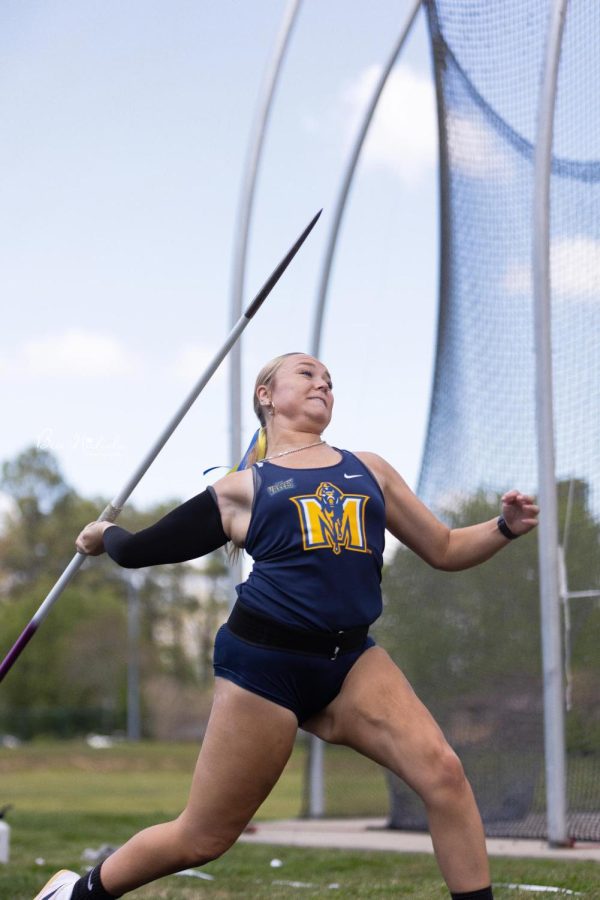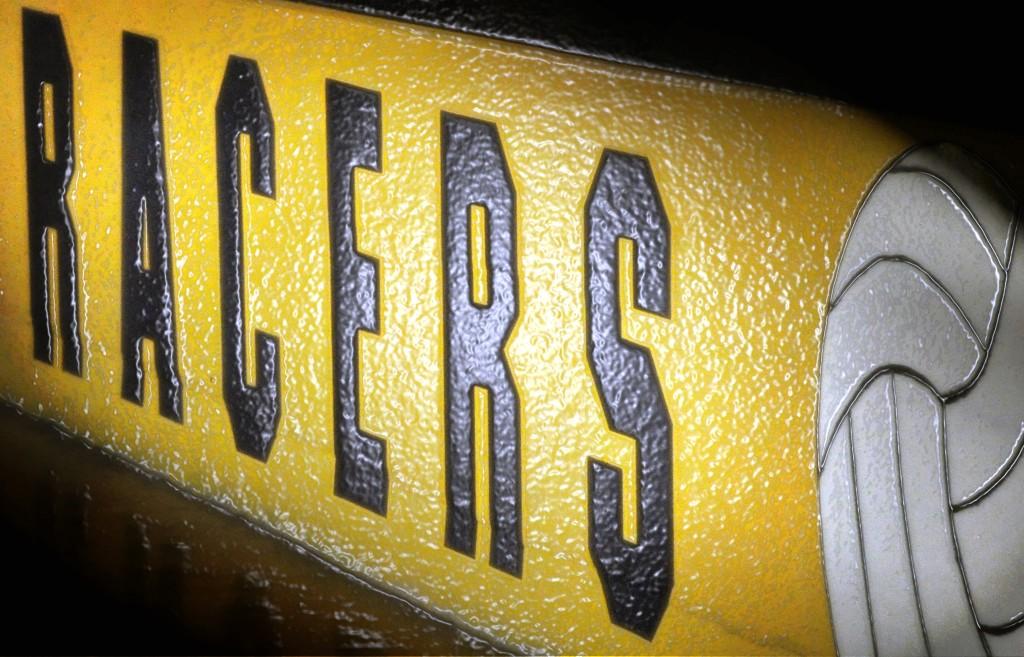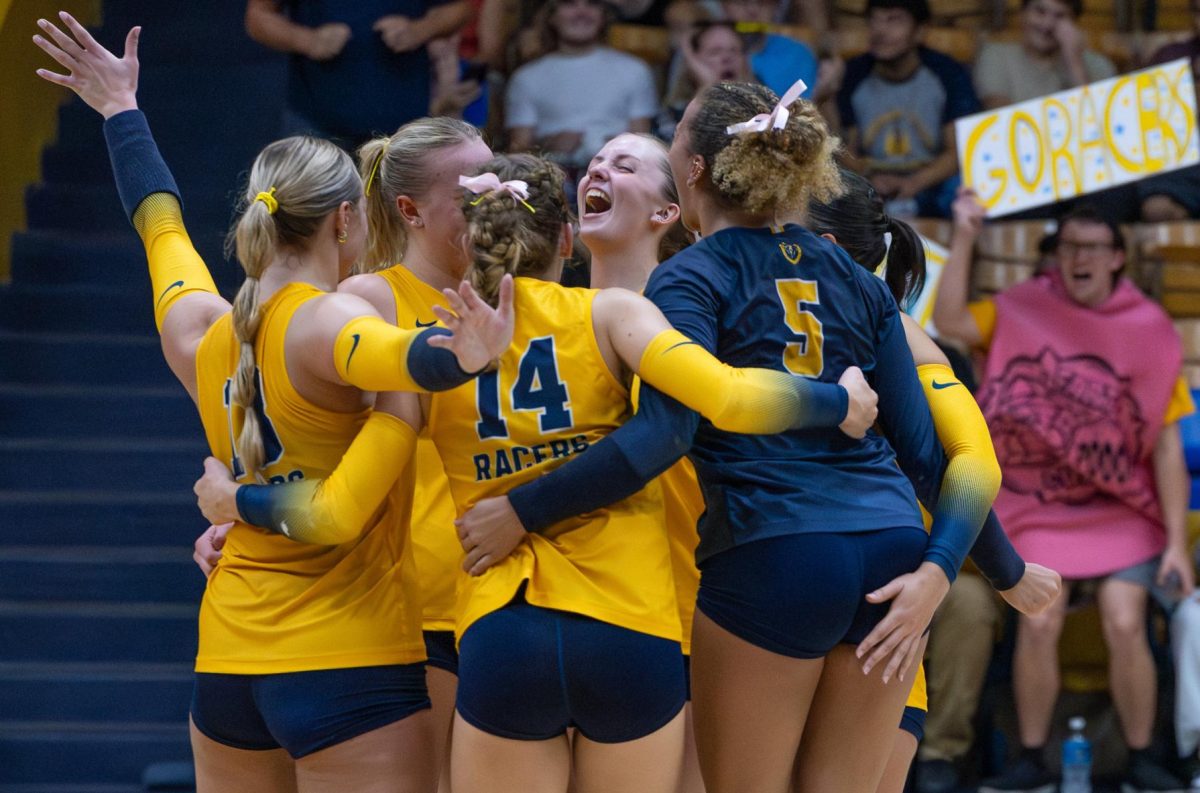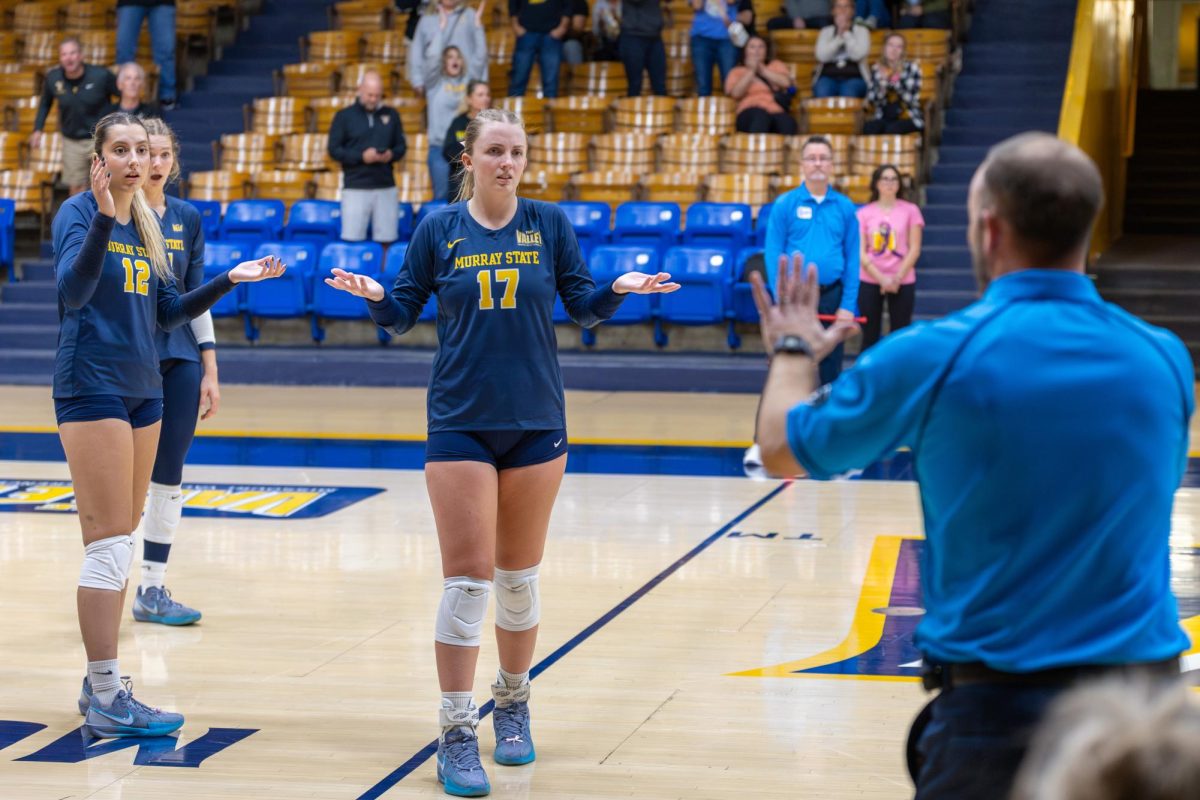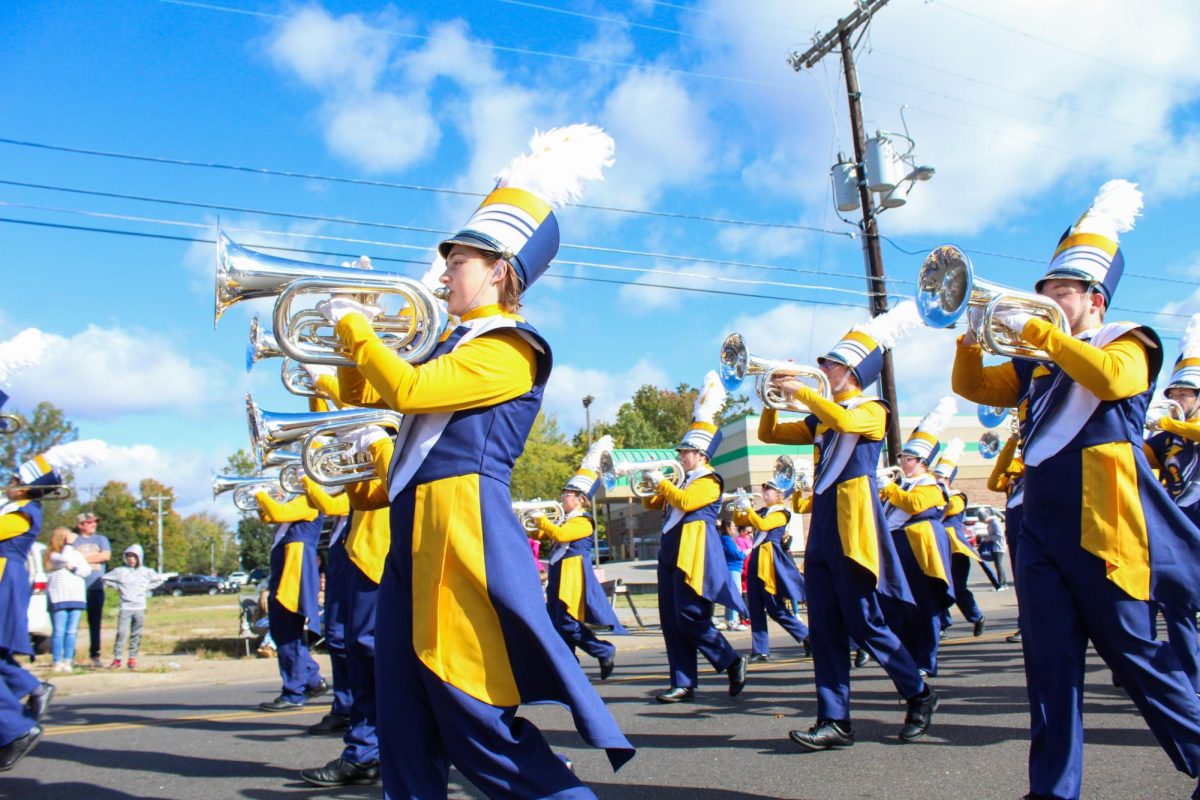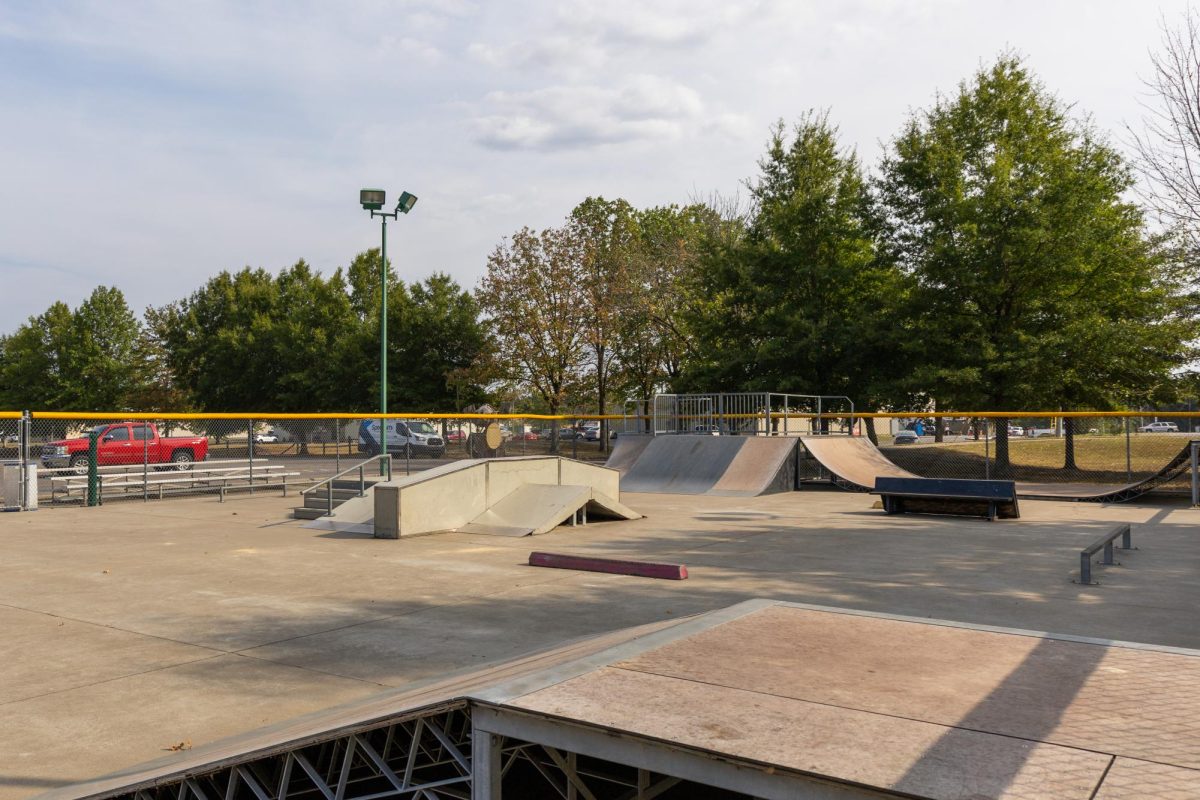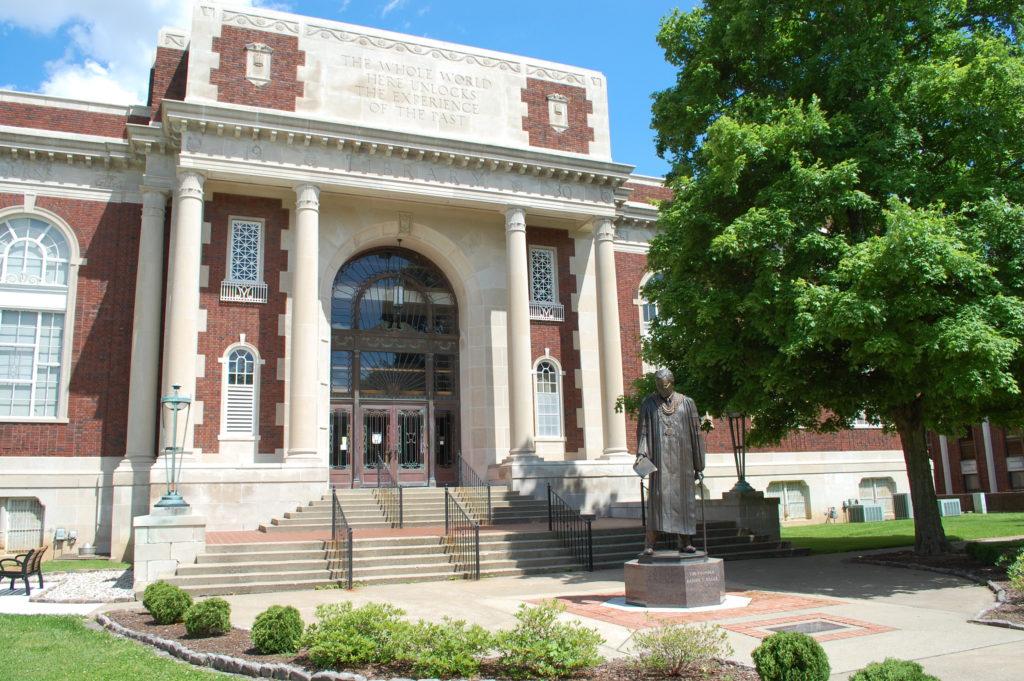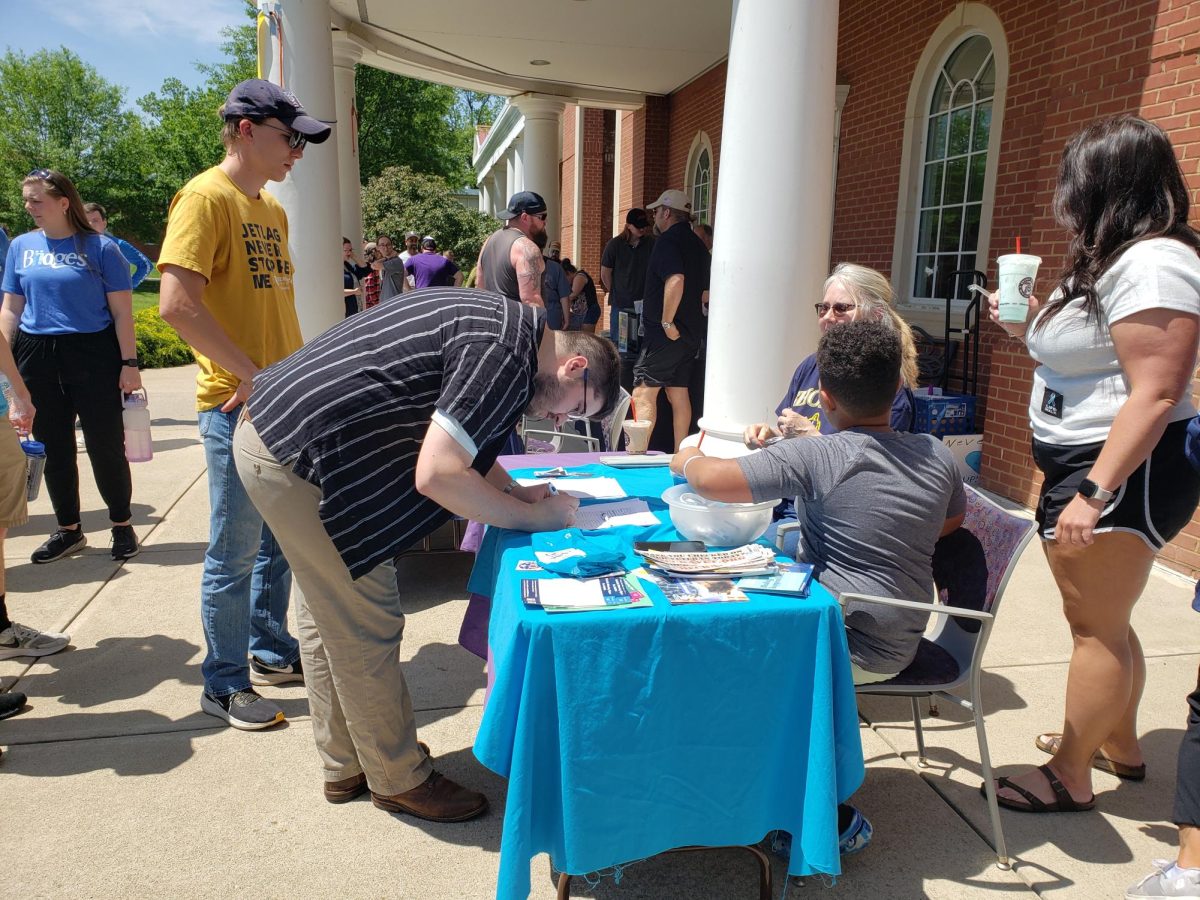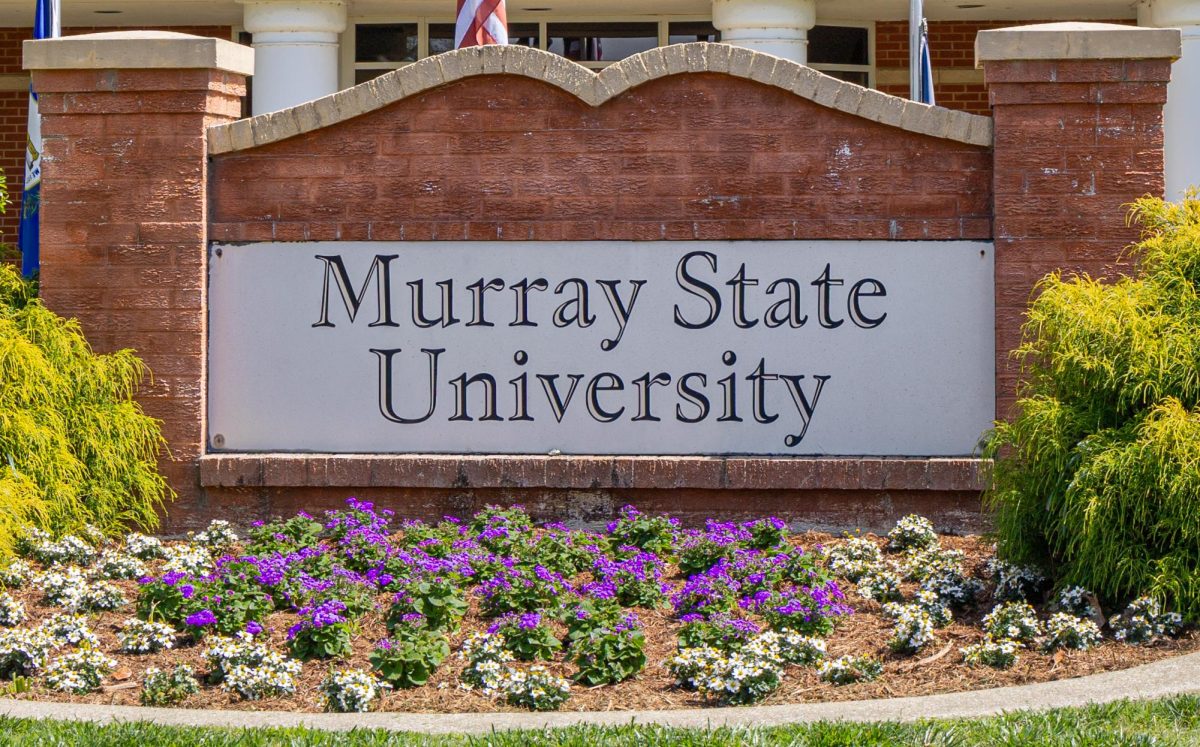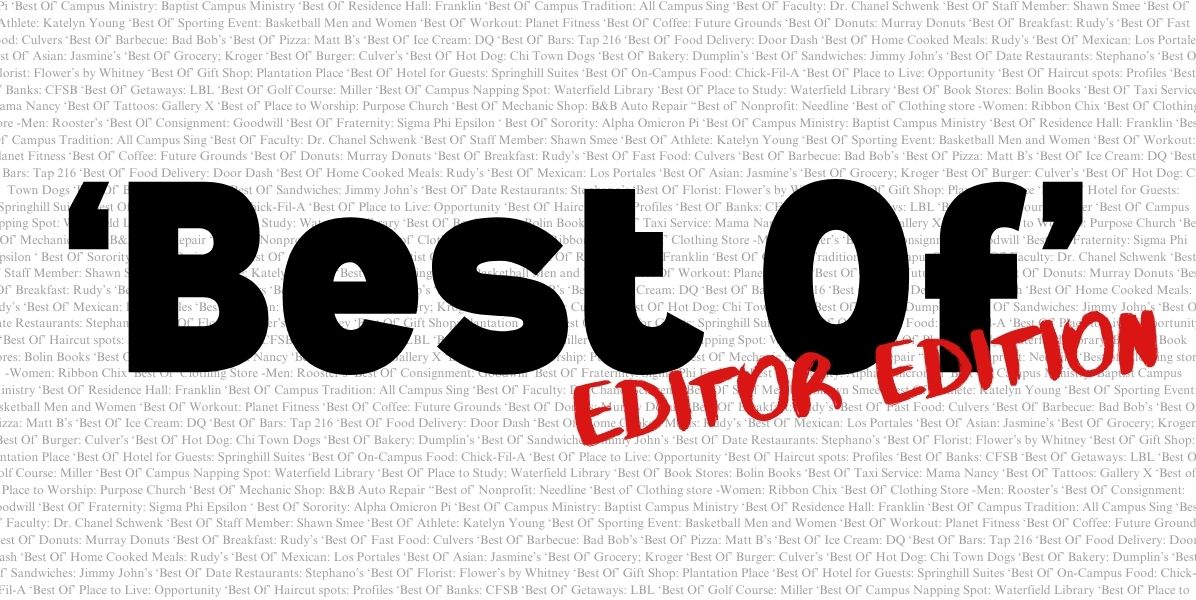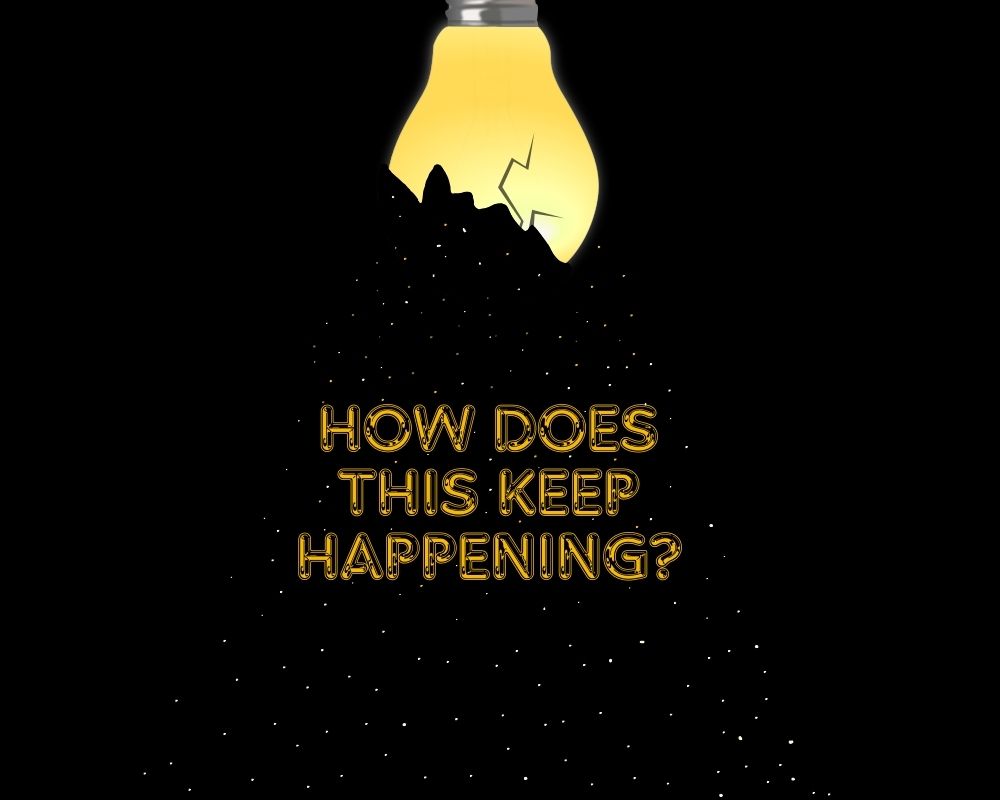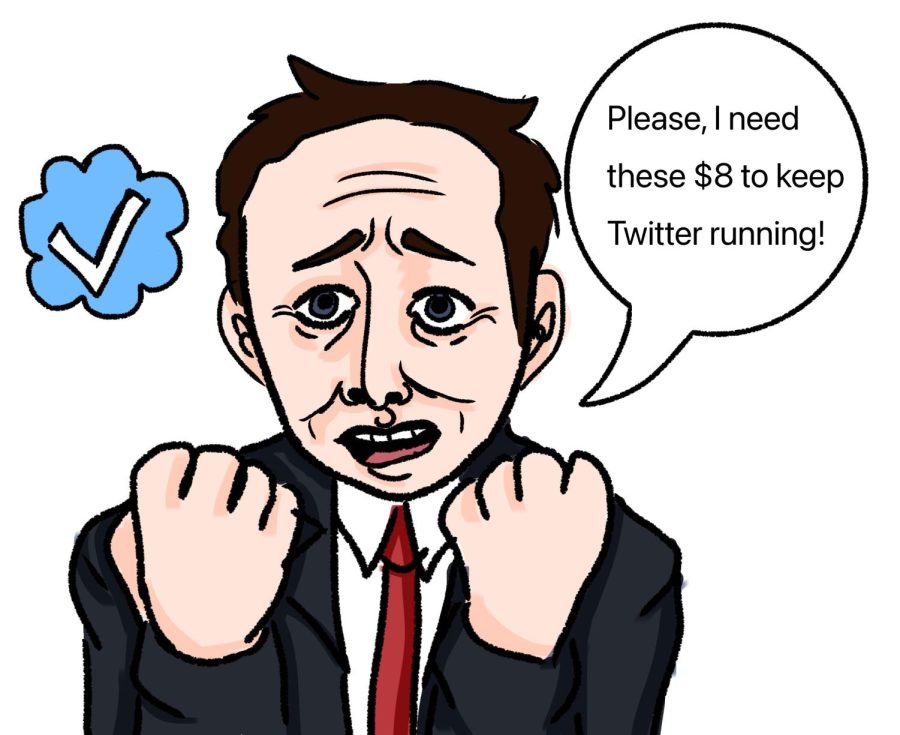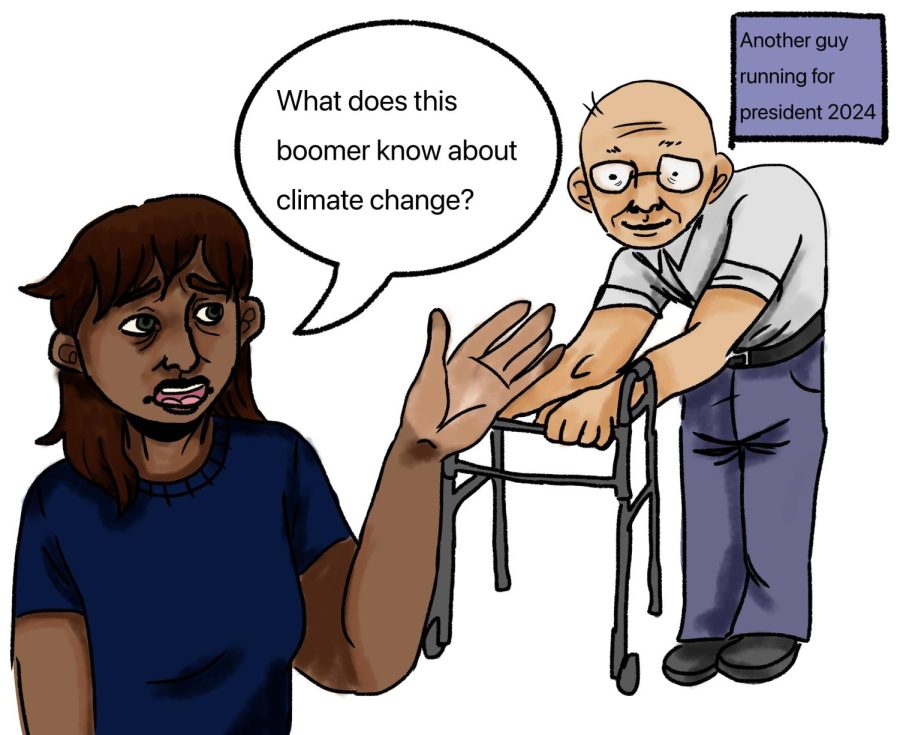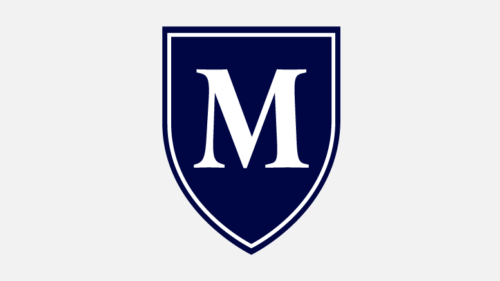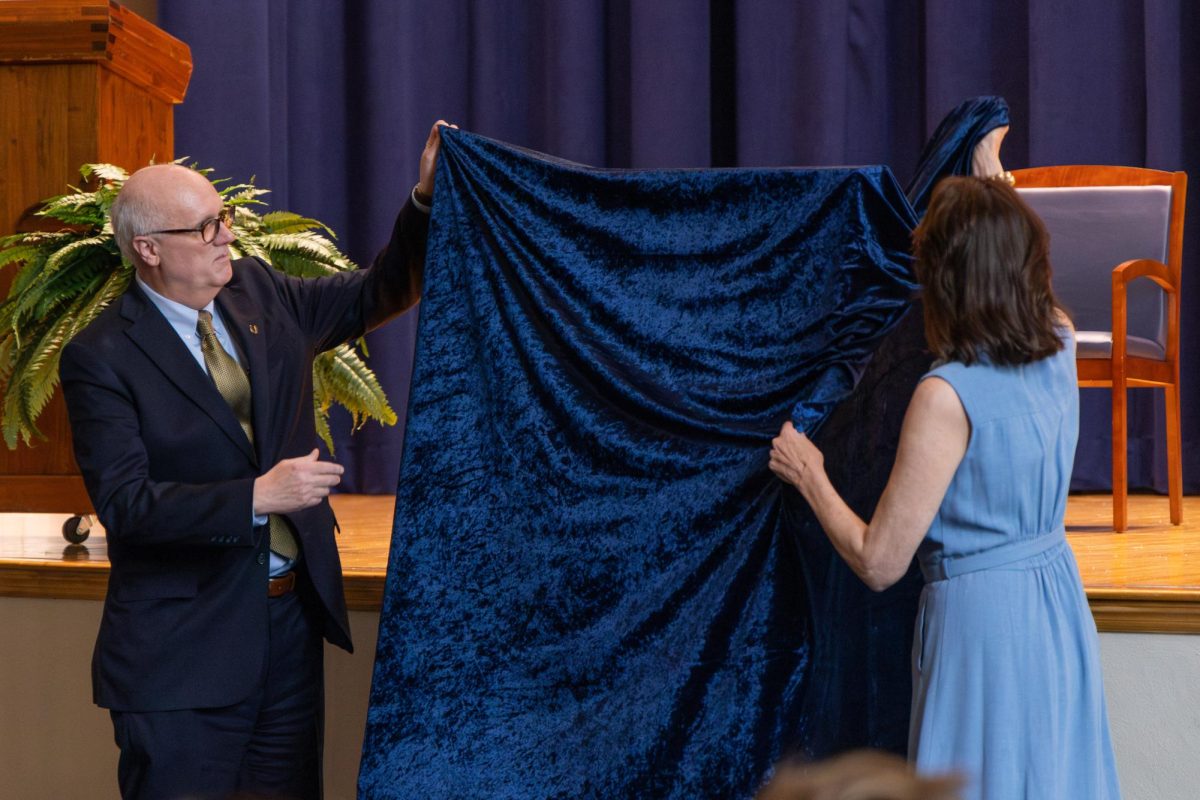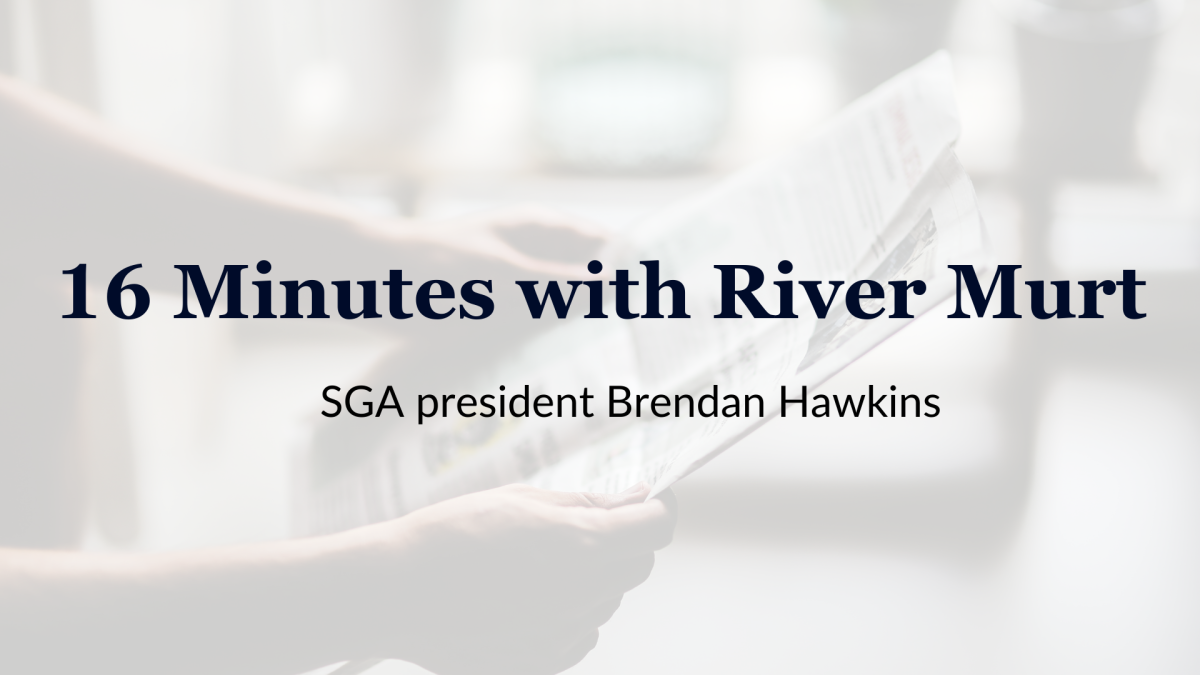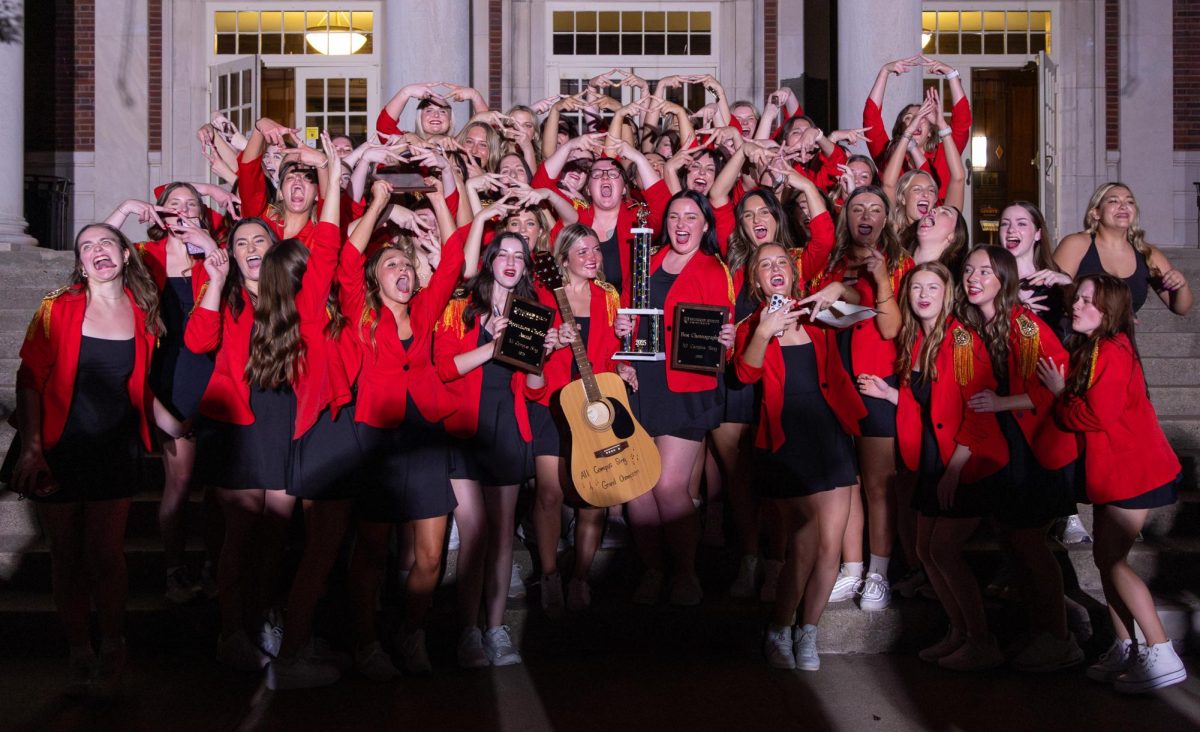A teaching case by Murray State professors Ismail Karabas and Christopher A. Craig displayed the nation’s uptick in tip requests virtually “anywhere a transaction occurred” and the negative reactions that have come with it. It’s titled “Double-Edged Sword: To Keep or Abandon the Tip Request?”
It was published for business students to learn from the listed objectives: “Understand the characteristics of service; compare and contrast quick-service and full-service restaurants; evaluate the pros and cons of tip requests for customers, employees and business owners; recommend a tip request strategy for quick-service restaurants.”
In the abstract, the case describes owner of Burrito Shack, Matt Gingles, during the 2022-23 COVID-19 recovery, adopting the “national trend to request tips in-store and (on) take-out orders” via digital point-of-sale (POS) technology.
Specifically, POS refers to the devices a cashier or server would direct someone or spin around to during payment. This was to improve take-home income for Burrito Shack’s employees and reduce staff turnover.
Tipping has always been a voluntary act in the U.S., and when asking a customer to tip for a service that has not been well received, a conflict arises: what, if at all, do you give?
Now, POS devices and the request for tips are found outside the service industry. The case describes the requests “appearing seemingly everywhere” from “self-service kiosks, plumbers, and even mortgage companies.” It’s challenging the norm where “92% of Americans always or often tipped at sit-down restaurants.”
Gingles said the “predicament” the case finds Burrito Shack in is the way each person tips and how their tip varies. He said interacting with the POS affects that.
“The predicament is that, at a POS where you are face to face with the customer, then presenting them with the screen to tip or not or how much, (it) can upset some customers or make them tip less,” he said.
Karabas said with the tip request becoming a trend, and extending beyond the service industry, such as to “dentists, mechanics, or mortgage lenders,” there’s been consumer confusion. This has led academics and media to collaborate and investigate.
“I think we did a good job presenting the dilemma places like Burrito Shack face,” Karabas said. “Ask for tips, your customers may not be happy, but not asking for tips leaves the employees short from making more income.”
Karabas said he and Craig tried to present the problem from the customers, managers and employees’ perspective for students to analyze, using plenty of existing research to find their own solutions to remedy this problem.
“They have to read through the case, and make suggestions for Burrito Shack for how to move forward,” he said.
The teaching case by Karabas and Craig can be found here.
https://sk.sagepub.com/cases/skpromo/cL836U/double-edged-sword-to-keep-or-abandon-the-tip-request
To read more research from Karabas and Craig on these topics, their respective Google scholar sites can be found here.
Ismail Karabas:
https://scholar.google.com/citations?user=wKvKibIAAAAJ&hl=en
Christopher A. Craig:
https://scholar.google.com/citations?user=vIP9b5kAAAAJ&hl=en





